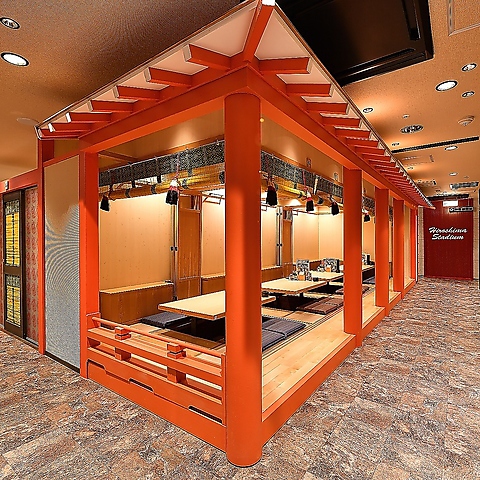Recommended sushi restaurants in Hiroshima, Japan
-

Sandaiime Amimoto Sakanaya Dojo Hiroshima Station North Exit Branch
Sushi restaurant in Hiroshima [SUSHILIVE comment] -


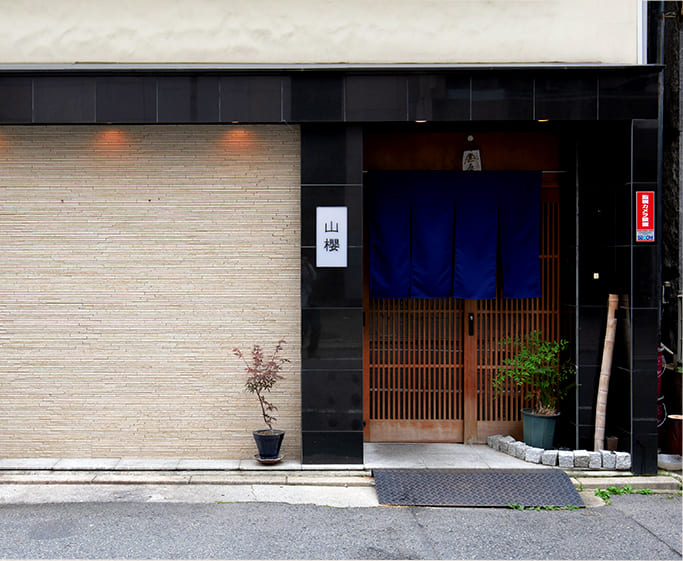
Yamazakura
Sushi restaurant in Hiroshima [SUSHILIVE comment] -


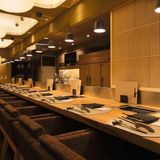
Wagyu A5 Female Beef and Aged Beef Tongue - Butcher Ichiyuku
Sushi restaurant in Hiroshima [SUSHILIVE comment] -


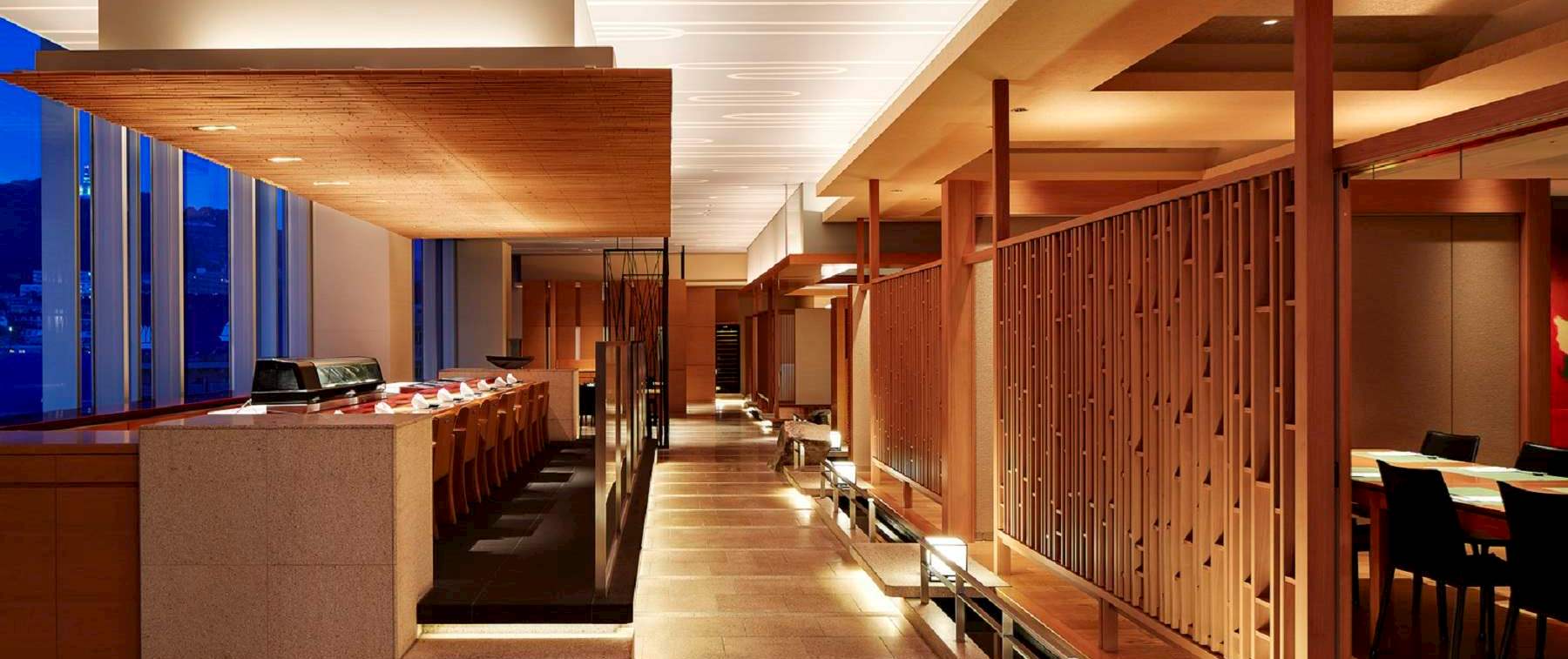
Japanese Cuisine Masatteiwa
Sushi restaurant in Hiroshima [SUSHILIVE comment] -


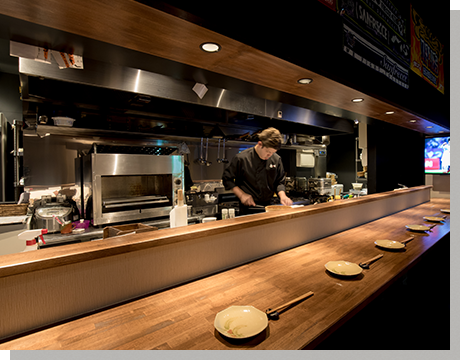
Japanese Dining & BAR Yushin
Sushi restaurant in Hiroshima [SUSHILIVE comment] -


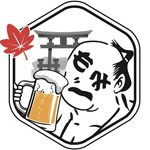
Momiji Gekijo Hiroshima Nagarekawa Bukuro-machi Honten
Sushi restaurant in Hiroshima [SUSHILIVE comment] -


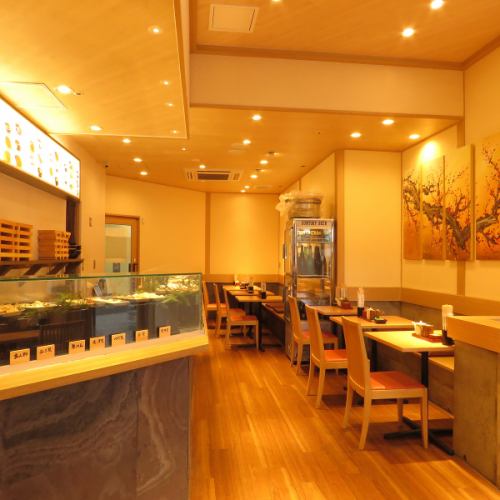
Hinode Sushi Arriake
Sushi restaurant in Hiroshima [SUSHILIVE comment] -


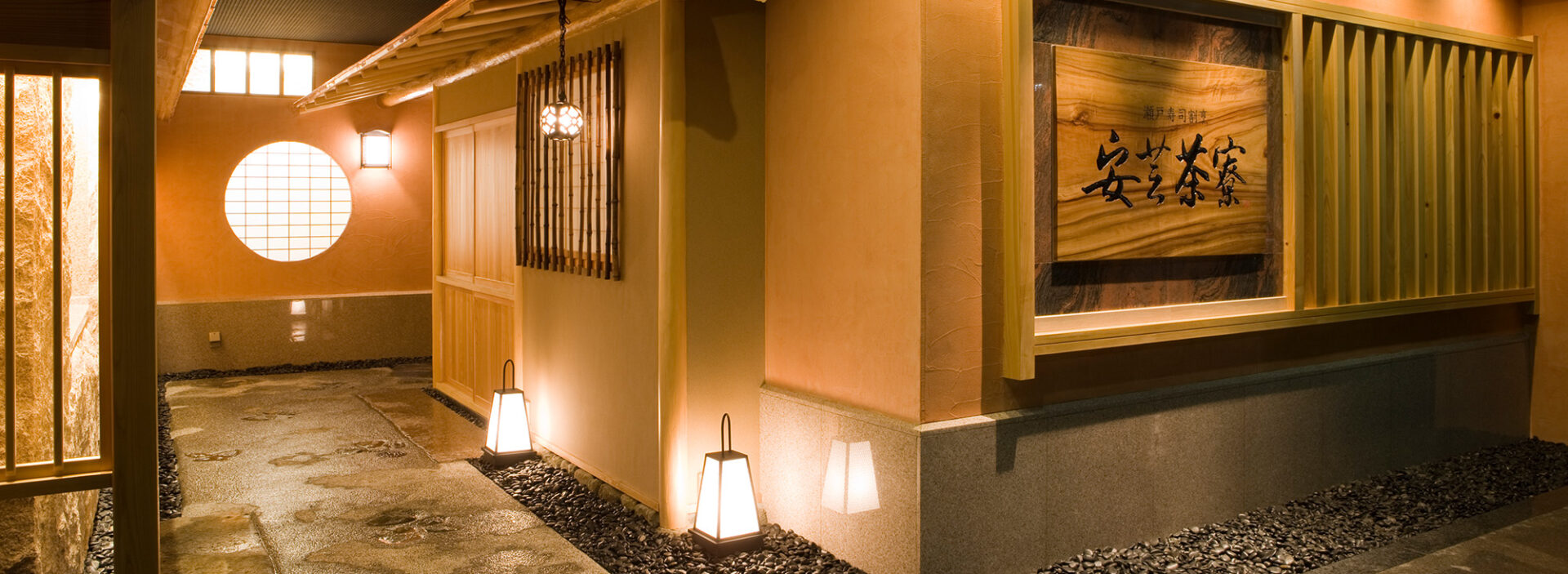
Aki Saryo
Sushi restaurant in Hiroshima [SUSHILIVE comment] -



Tempura and Sushi Kojima Hiroshima
Sushi restaurant in Hiroshima [SUSHILIVE comment] -



Sushi Matsubara
Sushi restaurant in Hiroshima [SUSHILIVE comment] -


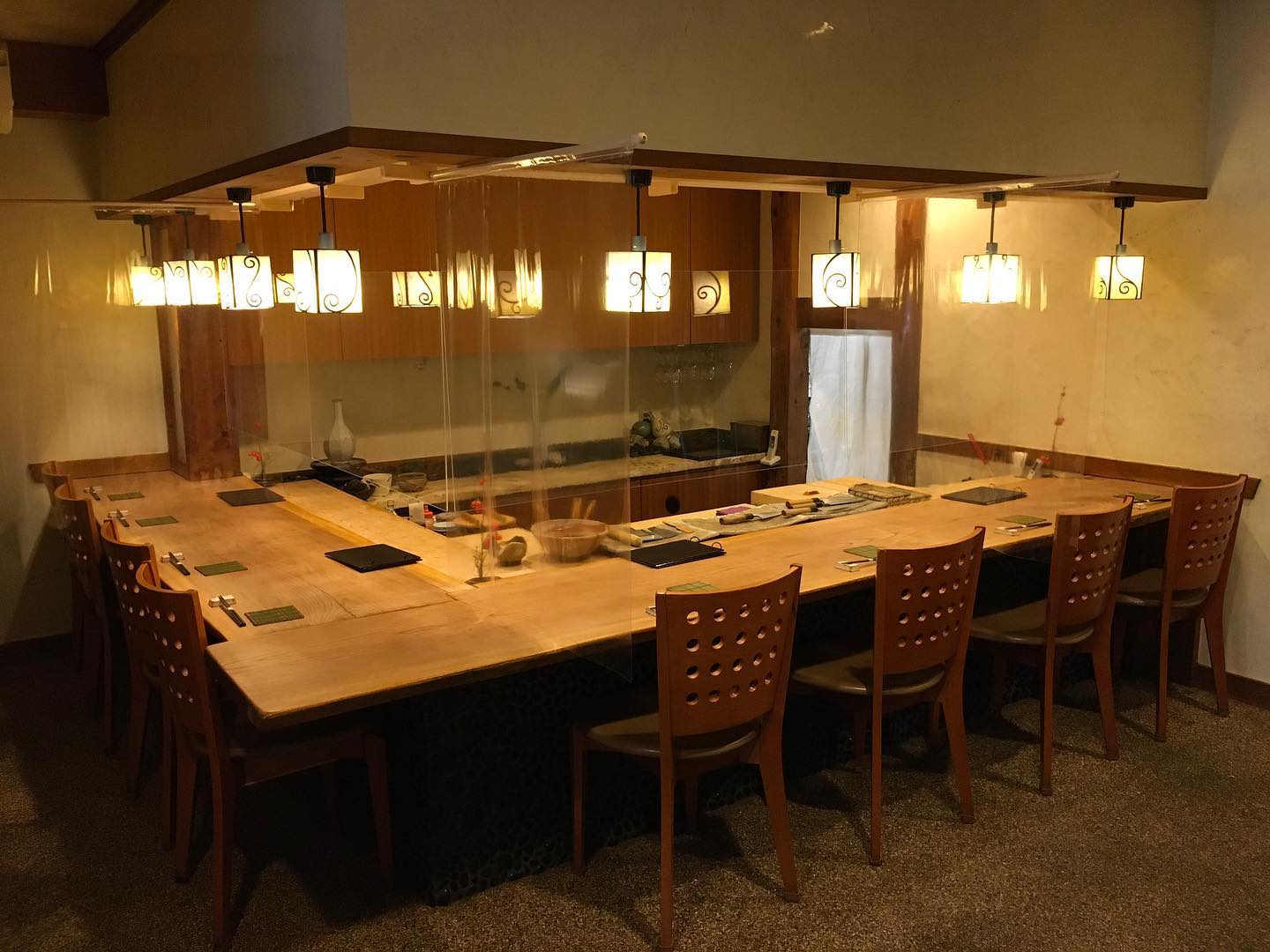
Ichibei Sakamoto-ya
Sushi restaurant in Hiroshima [SUSHILIVE comment] -


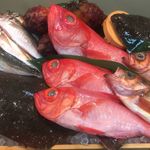
Kaito Minamikanon Store
Sushi restaurant in Hiroshima [SUSHILIVE comment] -


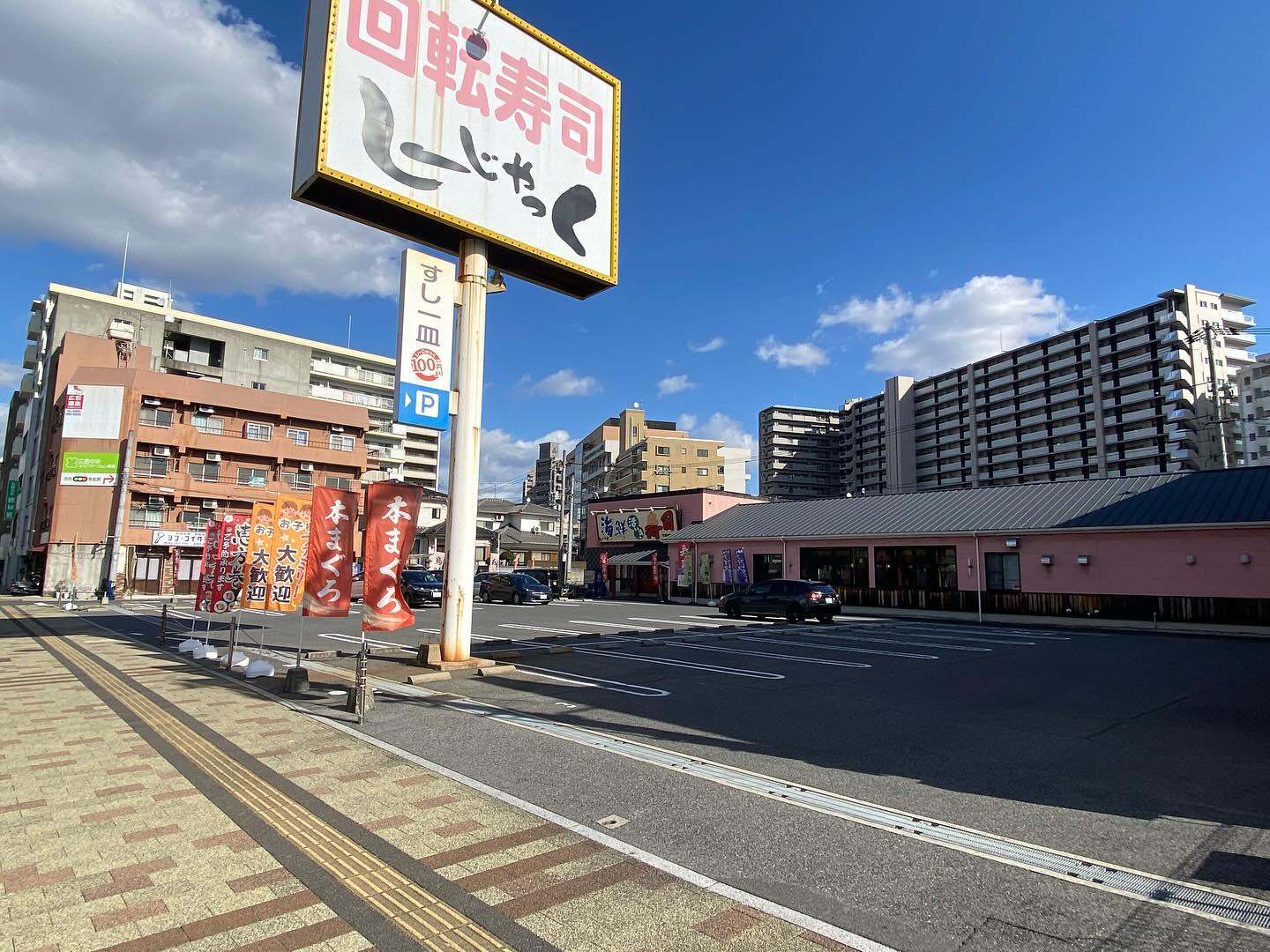
Shijakku Takeyamachi Store
Sushi restaurant in Hiroshima [SUSHILIVE comment] -


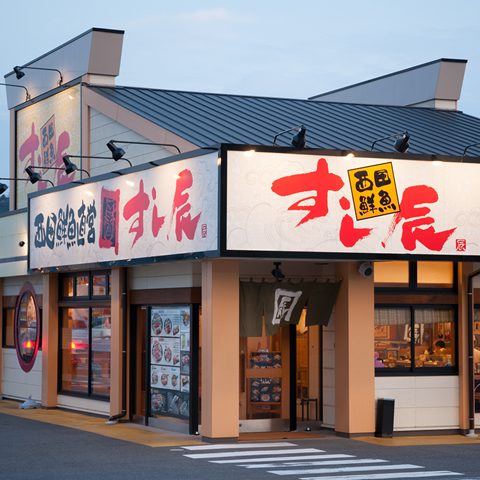
Sushitatsu Saikaze Shintoshiten
Sushi restaurant in Hiroshima [SUSHILIVE comment] -


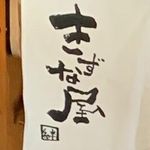
Seasonal Sushisusen Kizunaya
Sushi restaurant in Hiroshima [SUSHILIVE comment] -


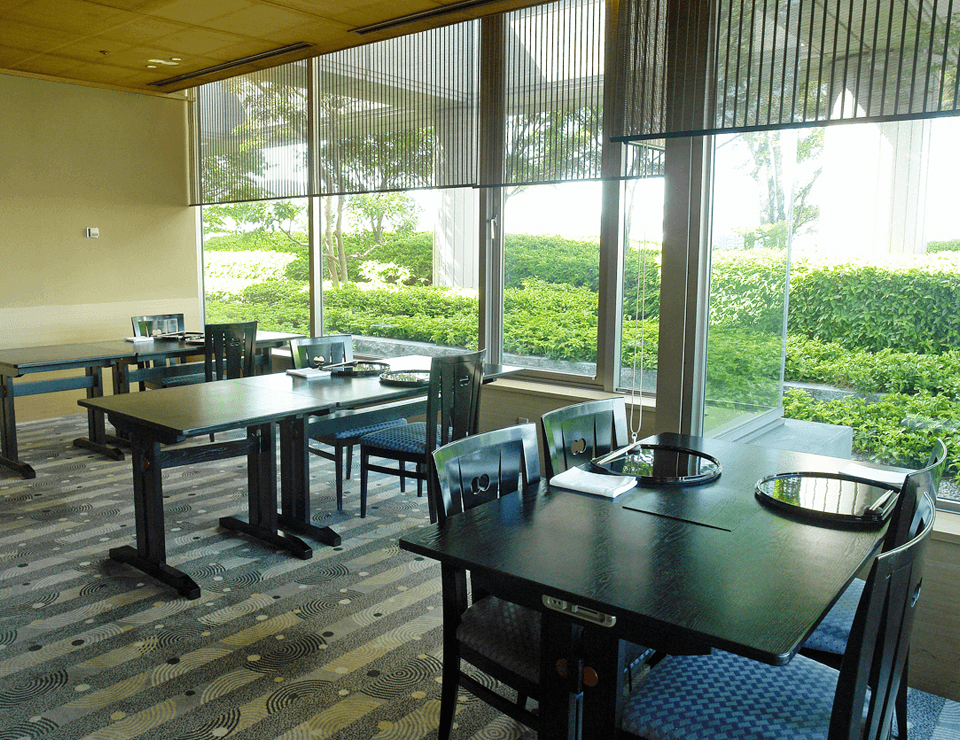
Japanese Cuisine Koijo
Sushi restaurant in Hiroshima [SUSHILIVE comment] -



Toyomaru Suisan Hiroshima Hondori Store
Sushi restaurant in Hiroshima [SUSHILIVE comment] -


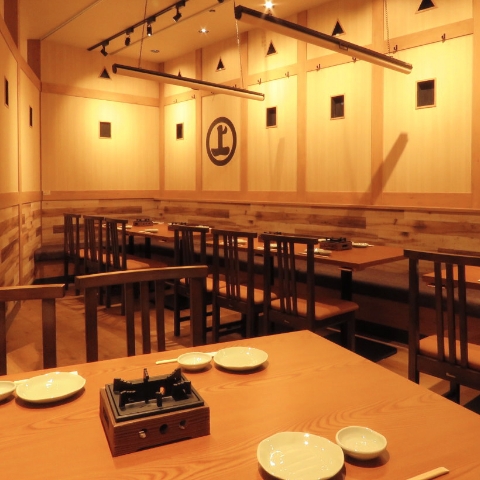
Murakami Pirates Ekie Hiroshima
Sushi restaurant in Hiroshima [SUSHILIVE comment] -


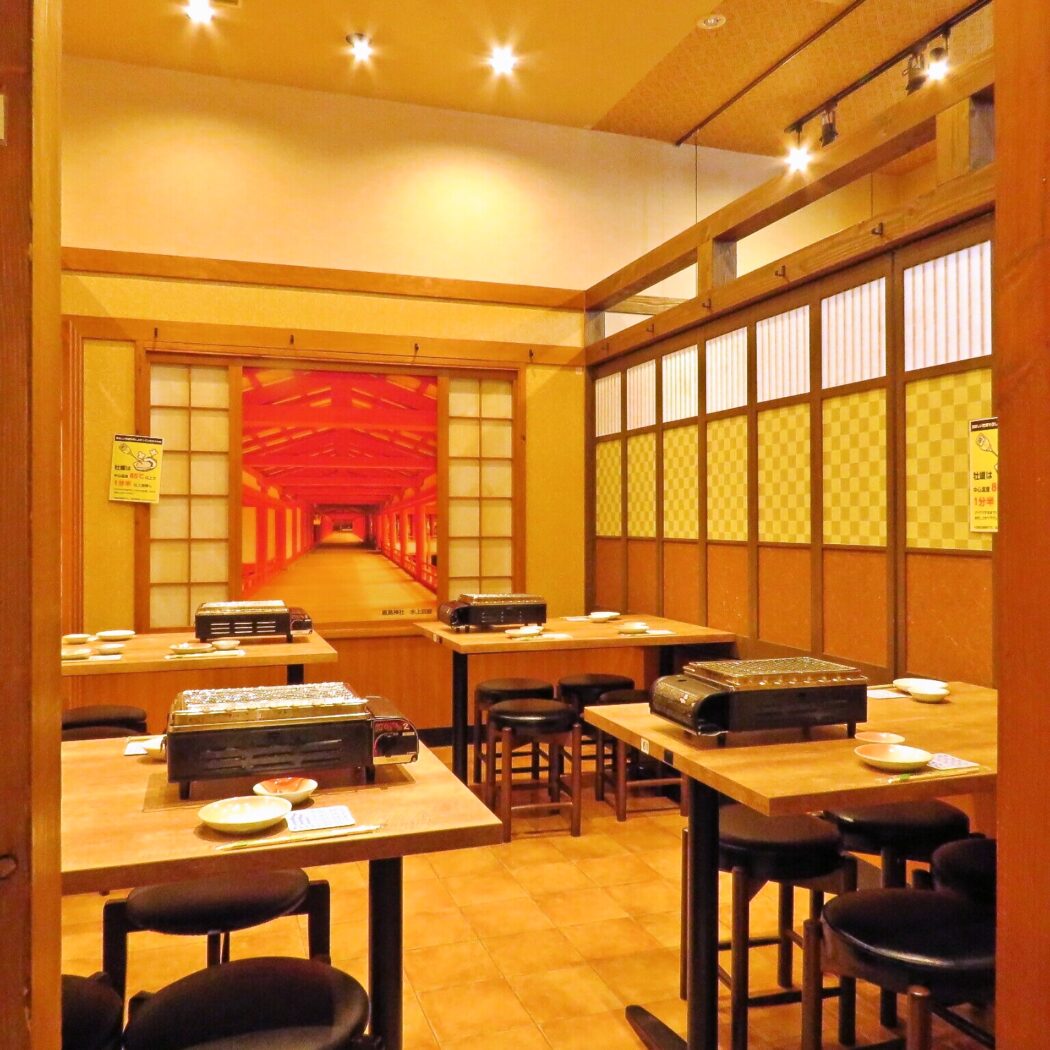
Oyster House Toyomaru Suisan Hiroshima Shinkansen Exit
Sushi restaurant in Hiroshima [SUSHILIVE comment] -


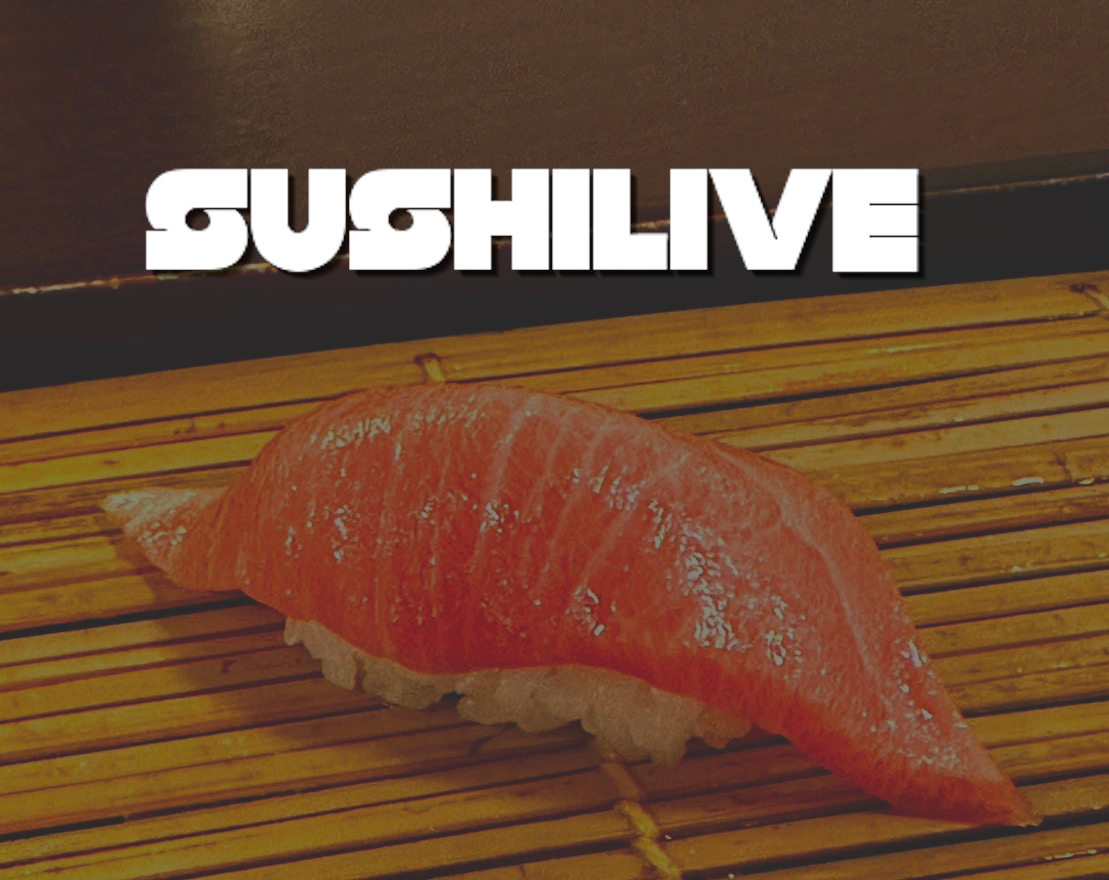
Sushi Rindo
Sushi restaurant in Hiroshima [SUSHILIVE comment] -



Ebisu Shoten
Sushi restaurant in Hiroshima [SUSHILIVE comment] -



Goyozushi Shimogion Branch
Sushi restaurant in Hiroshima [SUSHILIVE comment] -


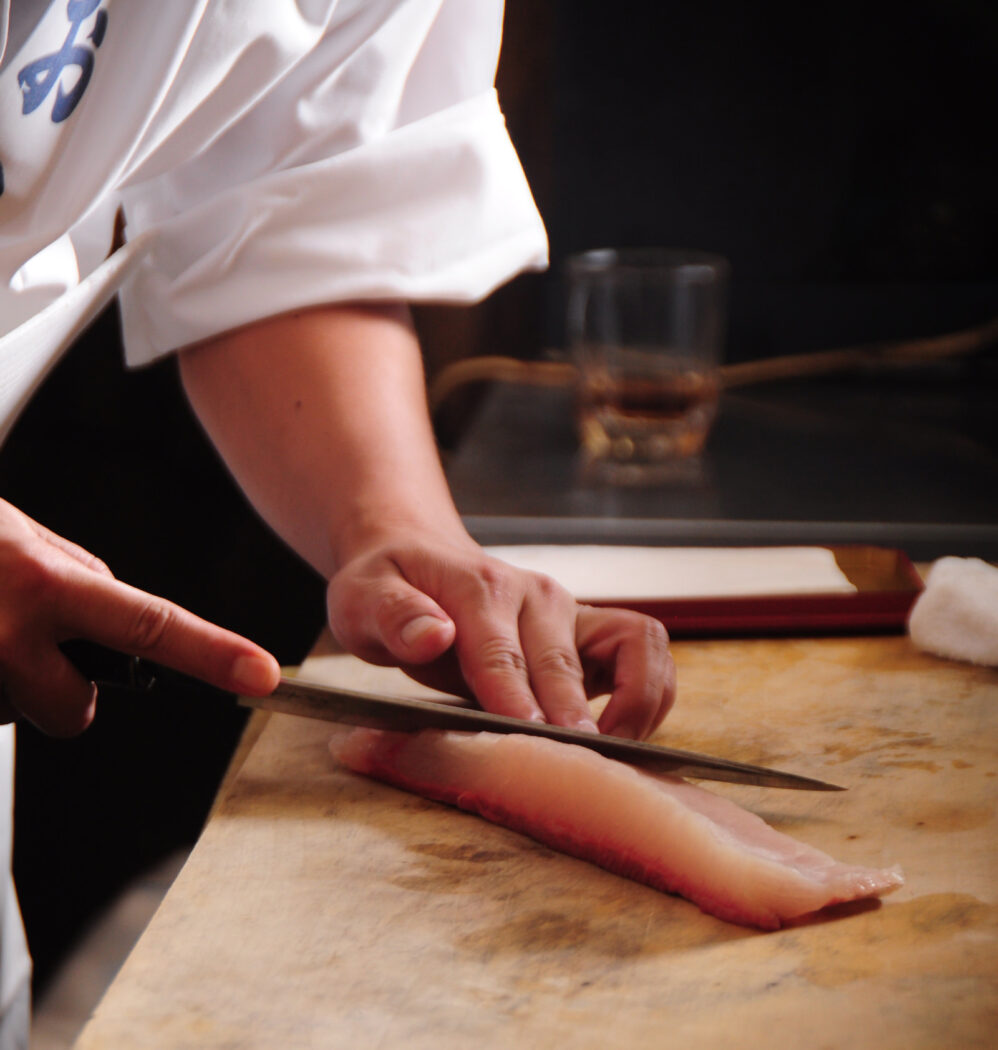
Sushi Ohkai
Sushi restaurant in Hiroshima [SUSHILIVE comment] -


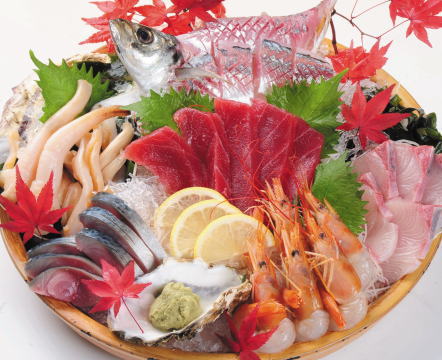
Sushi Tei Hikarimachi Branch
Sushi restaurant in Hiroshima [SUSHILIVE comment] -



Sushi Tei Hu-machi Branch
Sushi restaurant in Hiroshima [SUSHILIVE comment] -


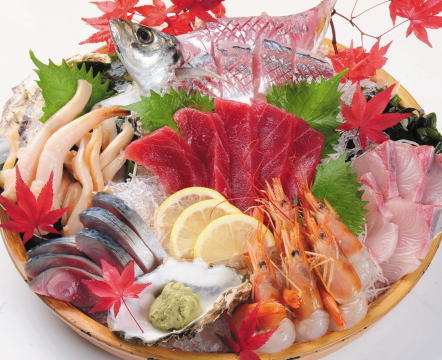
Sushi Tei, Hondori Branch
Sushi restaurant in Hiroshima [SUSHILIVE comment] -


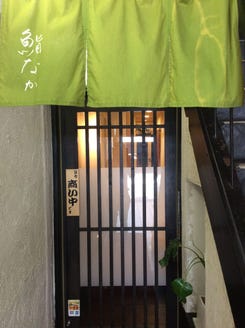
anything made with vinegared rice
Sushi restaurant in Hiroshima [SUSHILIVE comment] -



Restaurant Touge
Sushi restaurant in Hiroshima [SUSHILIVE comment] -


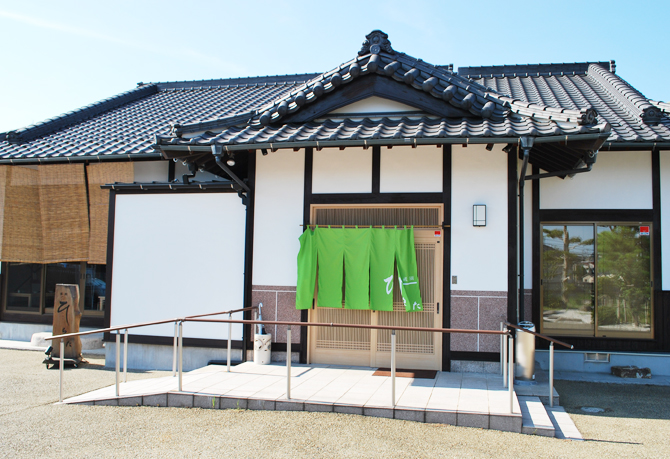
Japanese Cuisine Gion Hirata
Sushi restaurant in Hiroshima [SUSHILIVE comment] -



Sushi Bar Kiichi
Sushi restaurant in Hiroshima [SUSHILIVE comment]
Recommended conveyor belt sushi restaurants in Hiroshima, Japan
-



Kura Sushi Nitori Fukuyama Higashi-Shinzu
Sushi restaurant in Hiroshima [SUSHILIVE comment] -


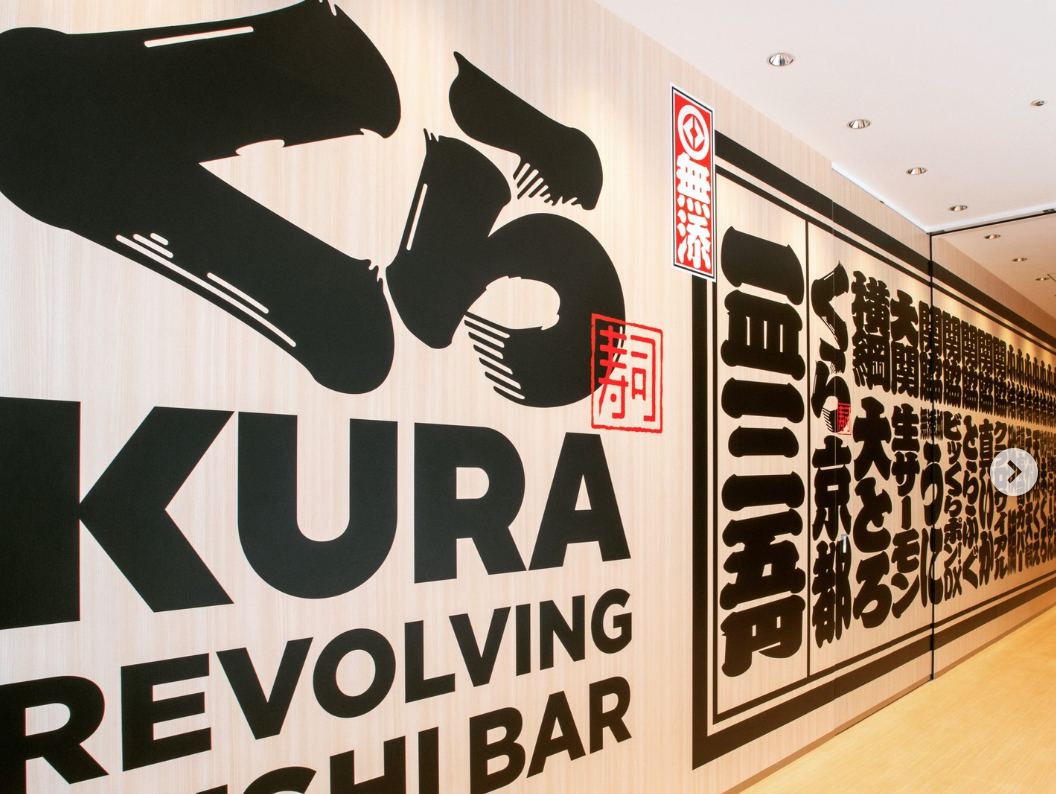
Kura Sushi Hiroshima Shinonome Branch
Sushi restaurant in Hiroshima [SUSHILIVE comment] -


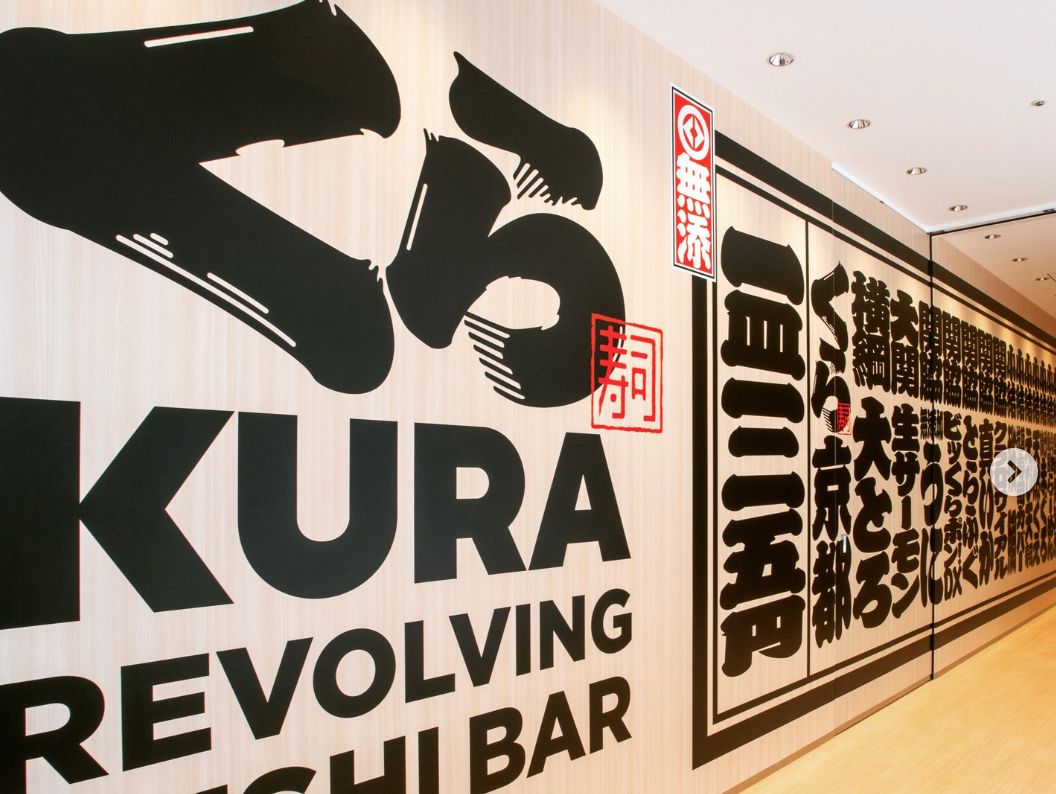
Kura Sushi Hiroshima Gion Branch
Sushi restaurant in Hiroshima [SUSHILIVE comment] -


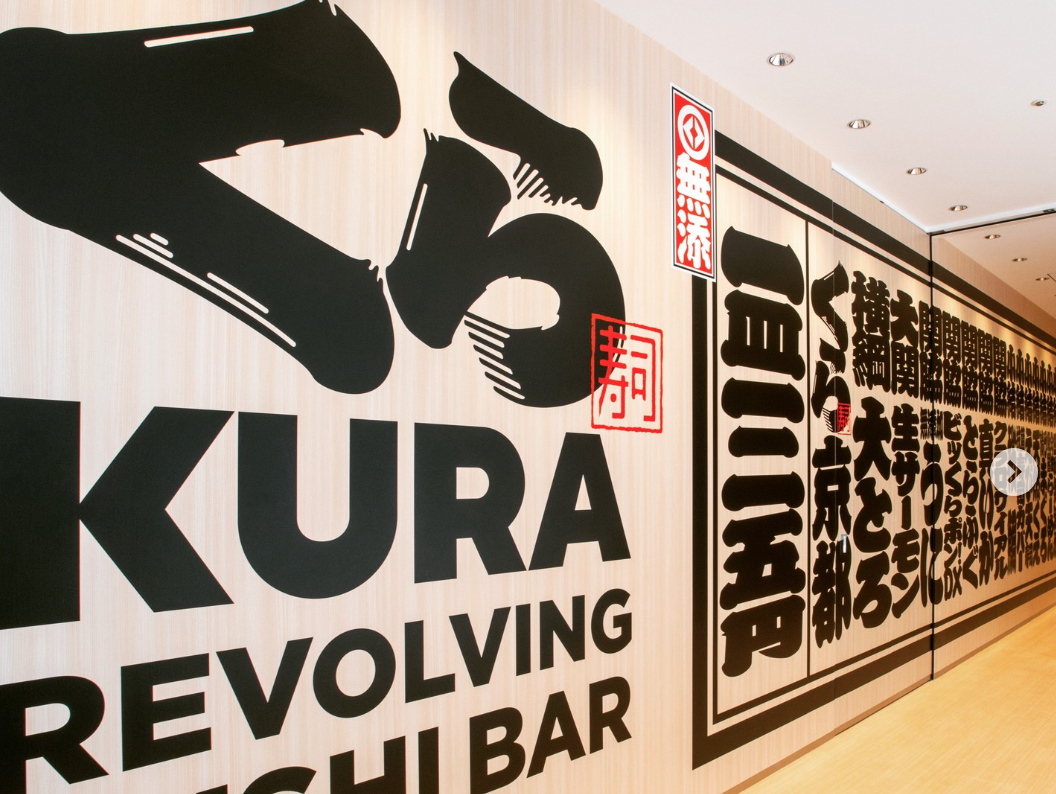
Kura Sushi Fukuyama Ekiya Store
Sushi restaurant in Hiroshima [SUSHILIVE comment] -


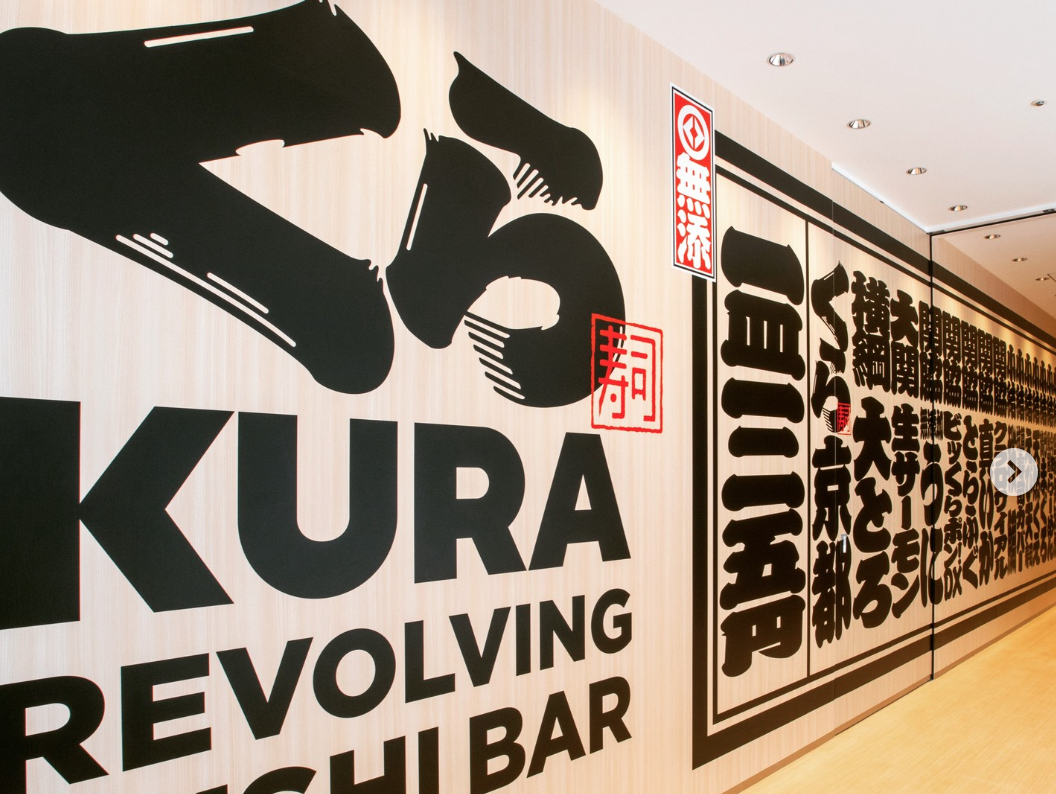
Kura Sushi Higashi-Hiroshima Store
Sushi restaurant in Hiroshima [SUSHILIVE comment] -


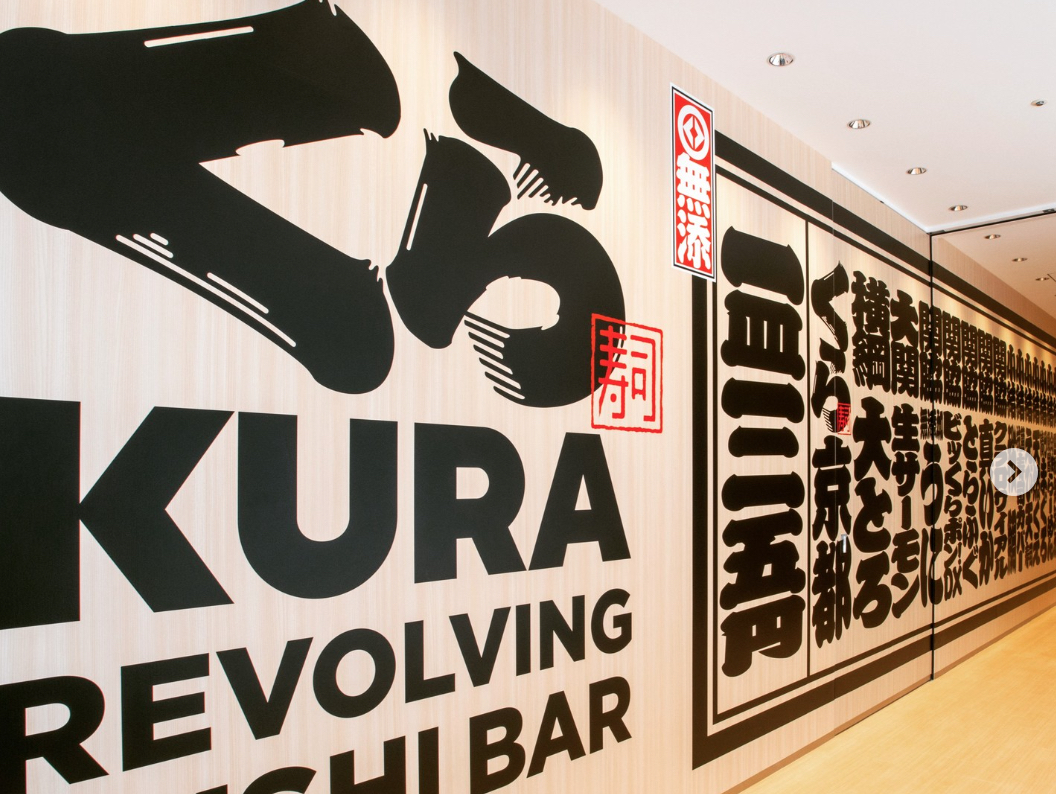
Kura Sushi Hiroshima Minami-Kanon Store
Sushi restaurant in Hiroshima [SUSHILIVE comment] -


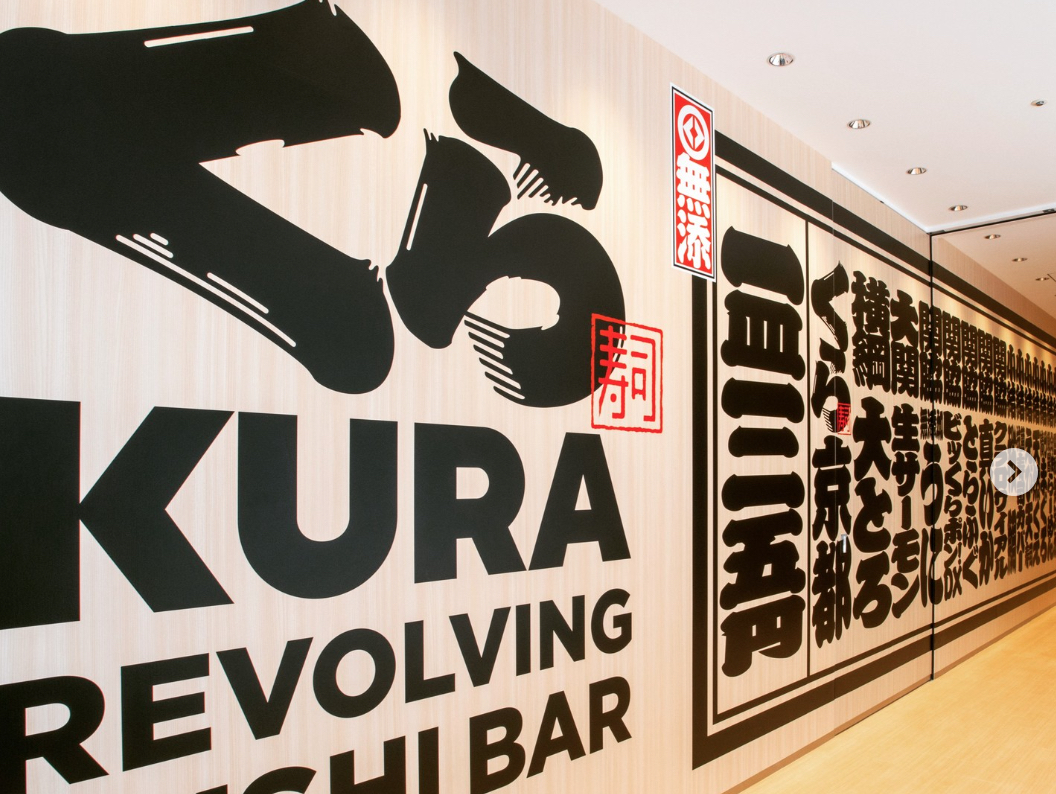
Kura Sushi Hiroshima Ujina Store
Sushi restaurant in Hiroshima [SUSHILIVE comment] -


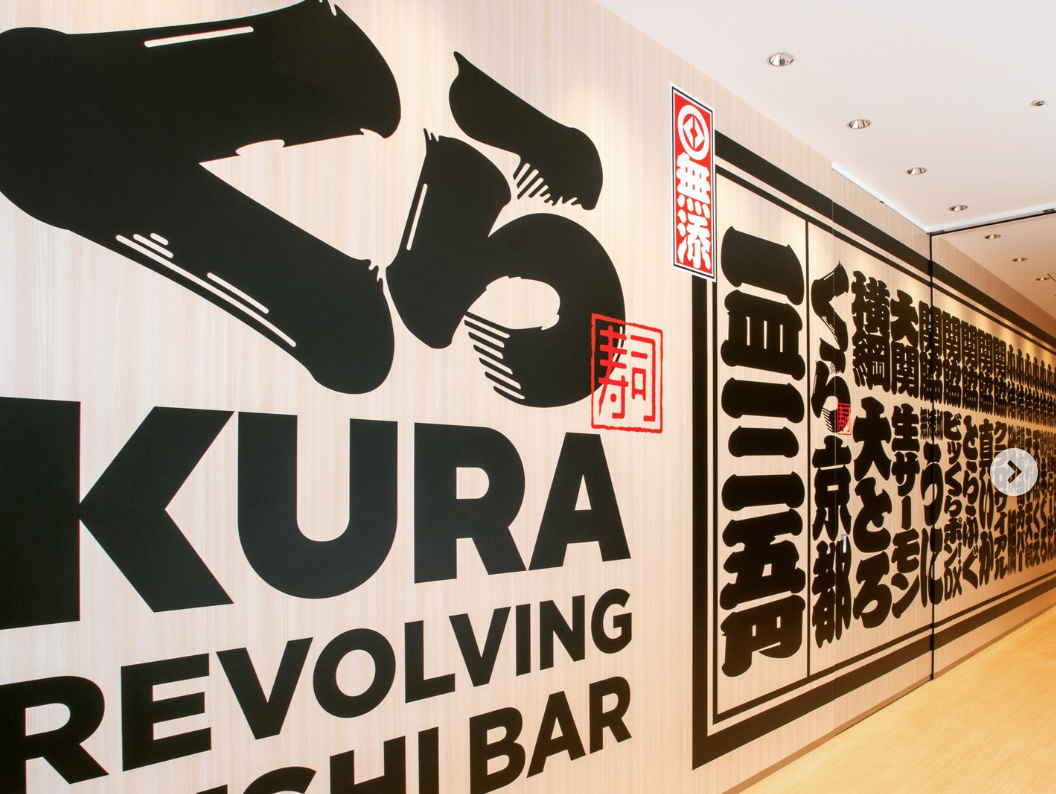
Kura Sushi Hiroshima Itsukaichi Branch
Sushi restaurant in Hiroshima [SUSHILIVE comment] -


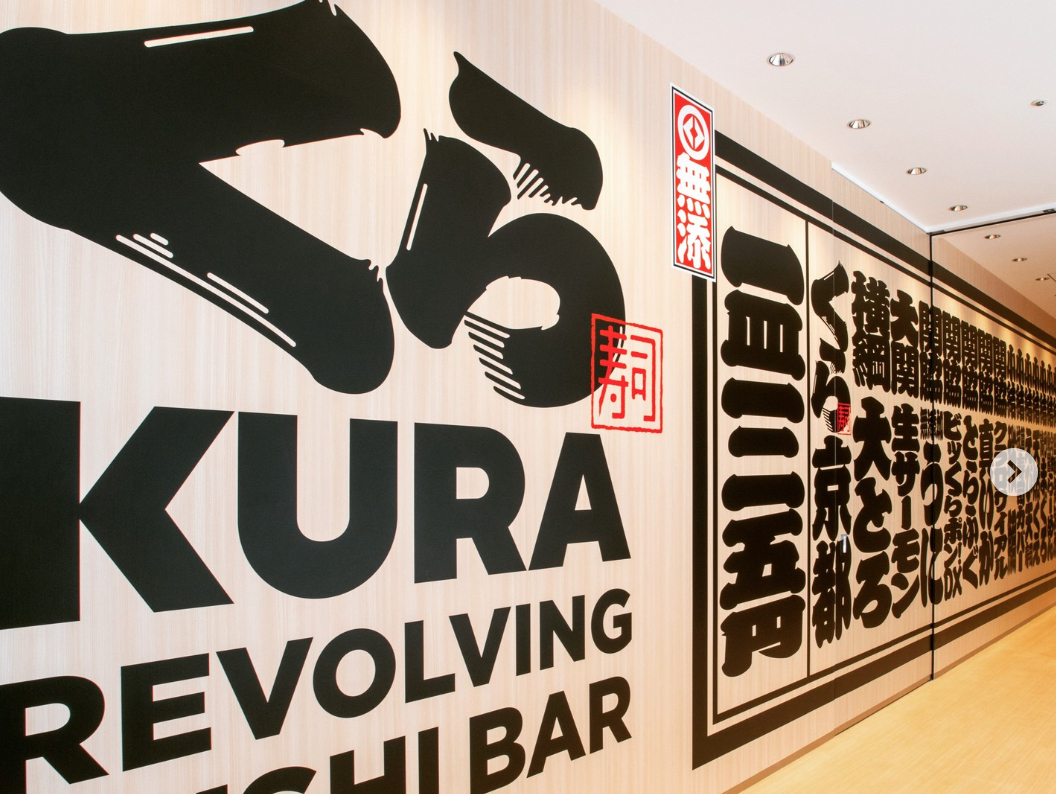
Kura Sushi Kurechuo store
Sushi restaurant in Hiroshima [SUSHILIVE comment] -


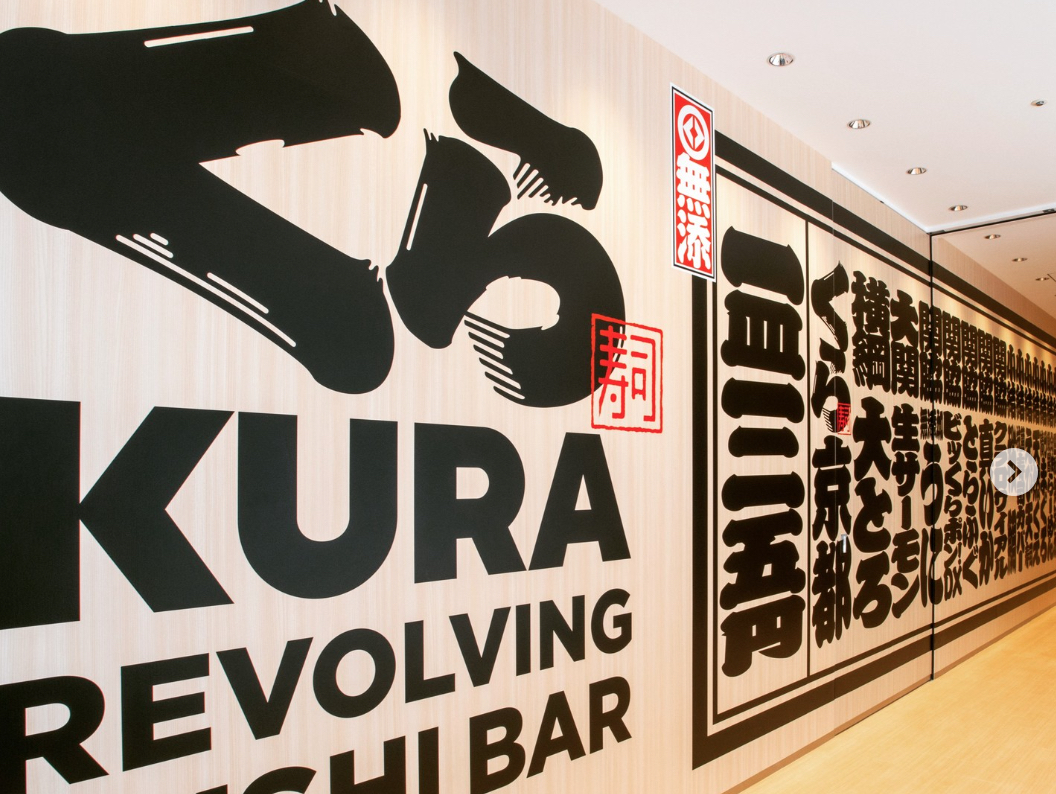
Kura Sushi Laqua Midorii Store
Sushi restaurant in Hiroshima [SUSHILIVE comment] -


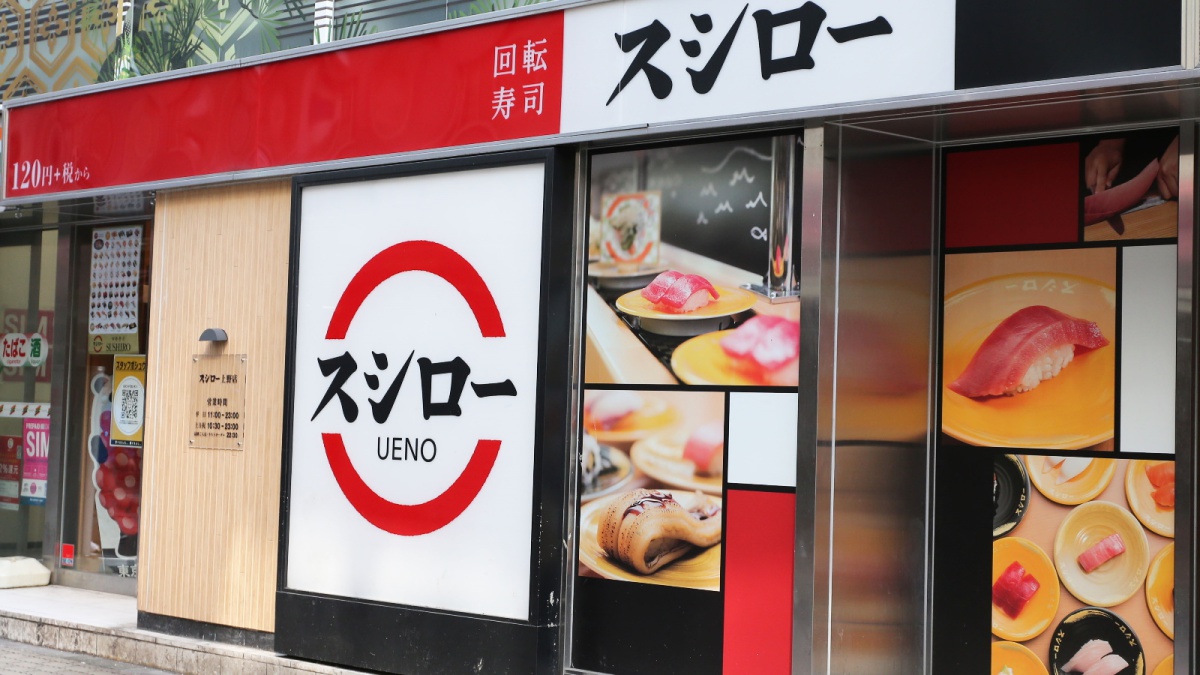
Sushiro Gao Yang
Sushi restaurant in Hiroshima [SUSHILIVE comment] -


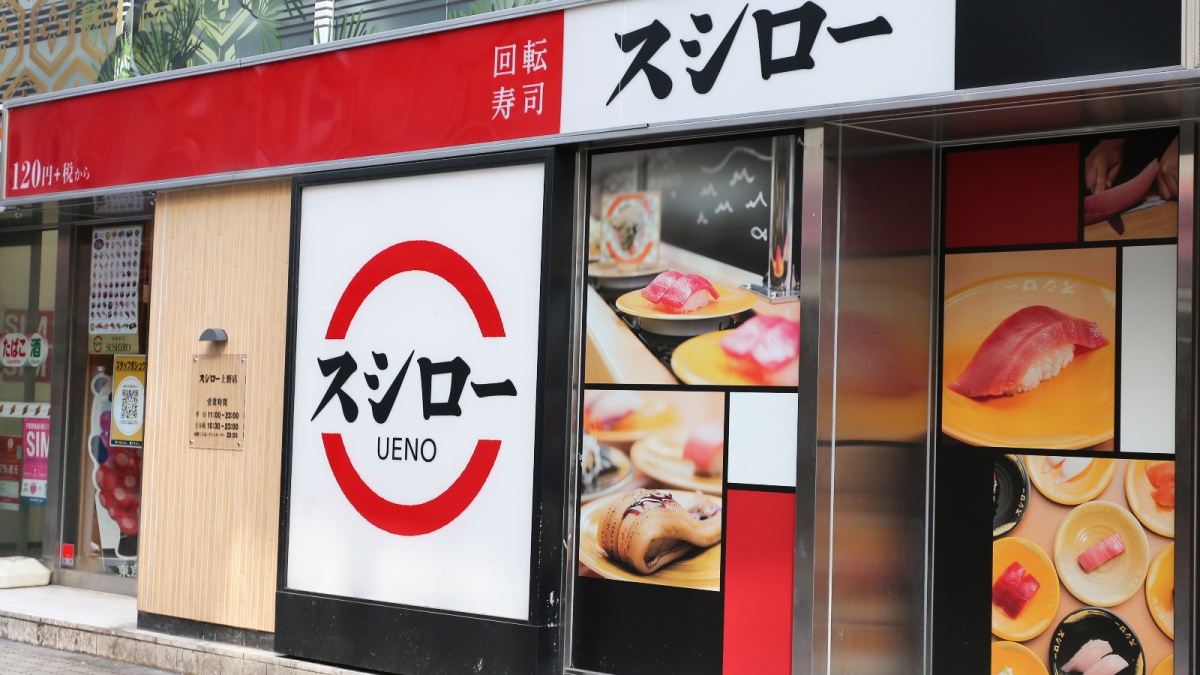
Sushiro Fukuyama Shinya
Sushi restaurant in Hiroshima [SUSHILIVE comment] -


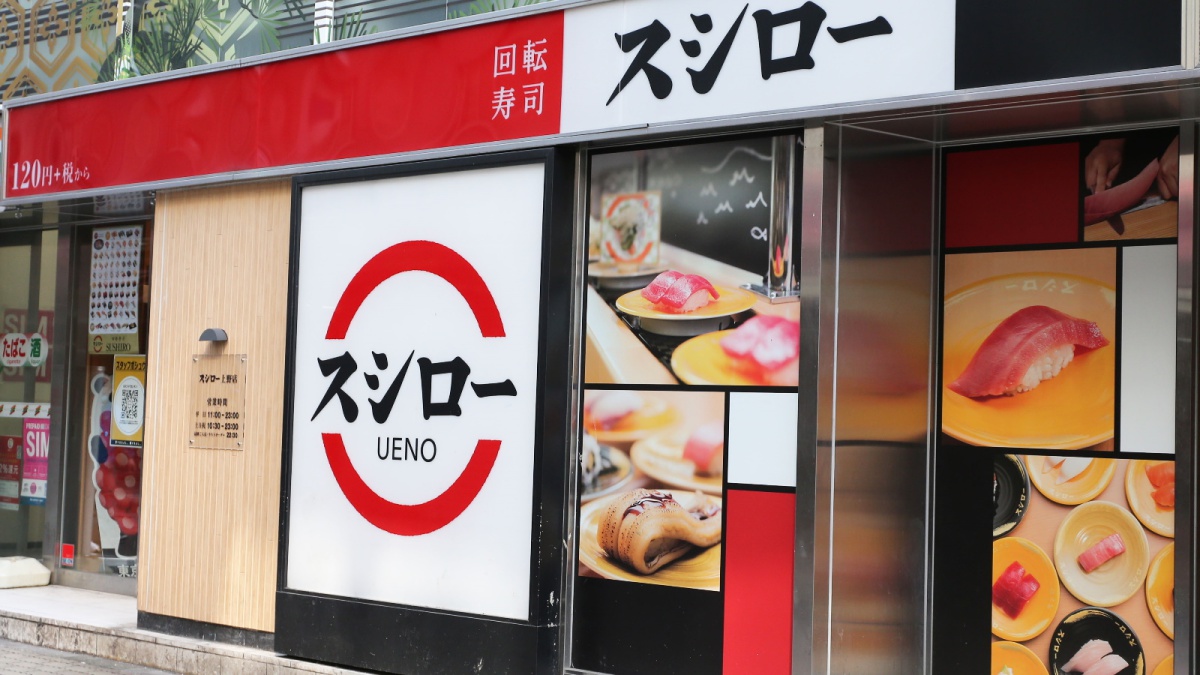
Sushiro Hiroshima Old Market
Sushi restaurant in Hiroshima [SUSHILIVE comment] -


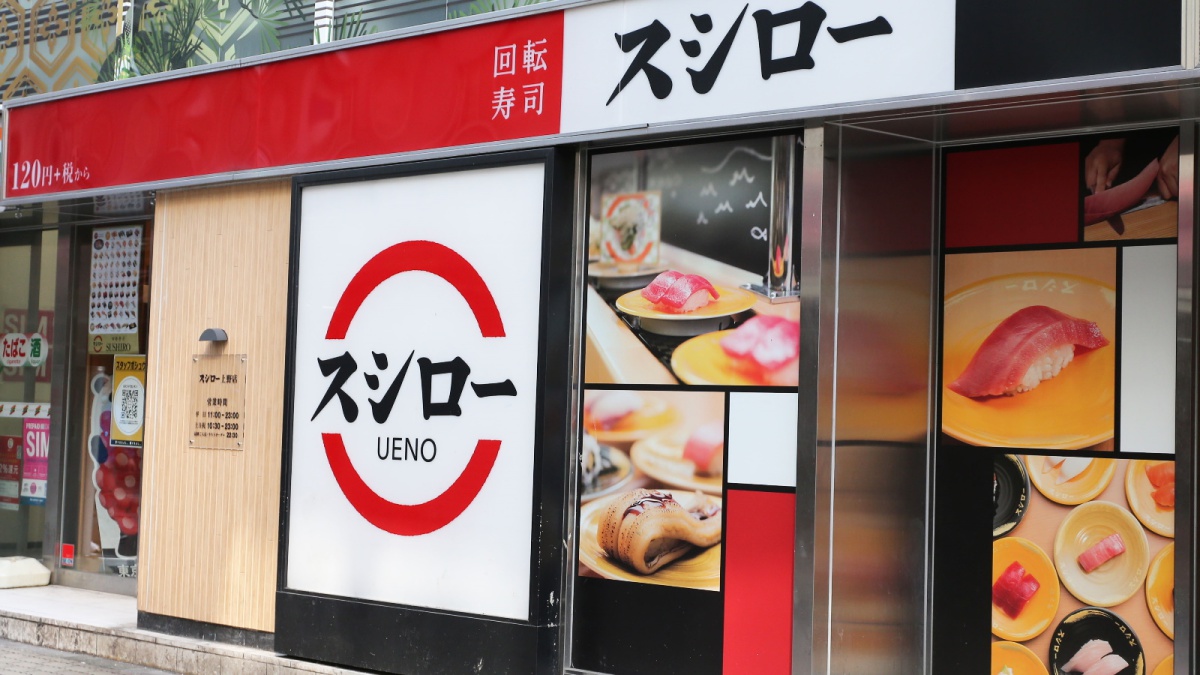
Sushiro Hiroshima Funairi Store
Sushi restaurant in Hiroshima [SUSHILIVE comment] -


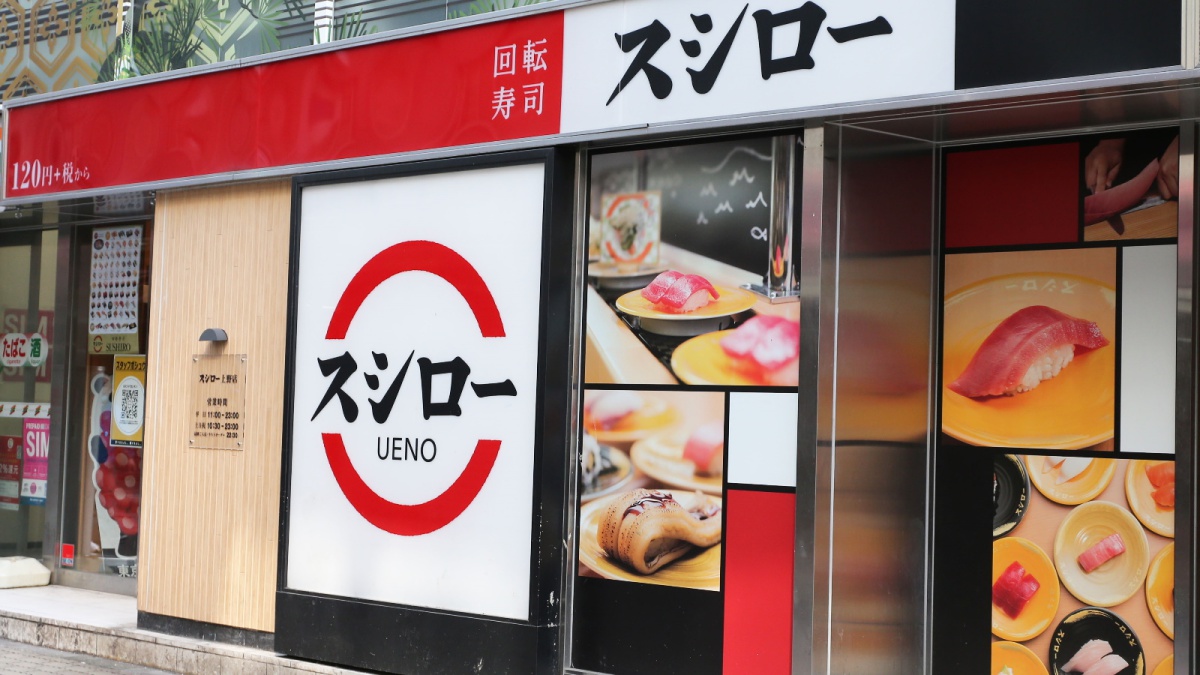
Sushiro Kumagai, capital of Japan (Twentieth day of the 20th lunar month)
Sushi restaurant in Hiroshima [SUSHILIVE comment] -


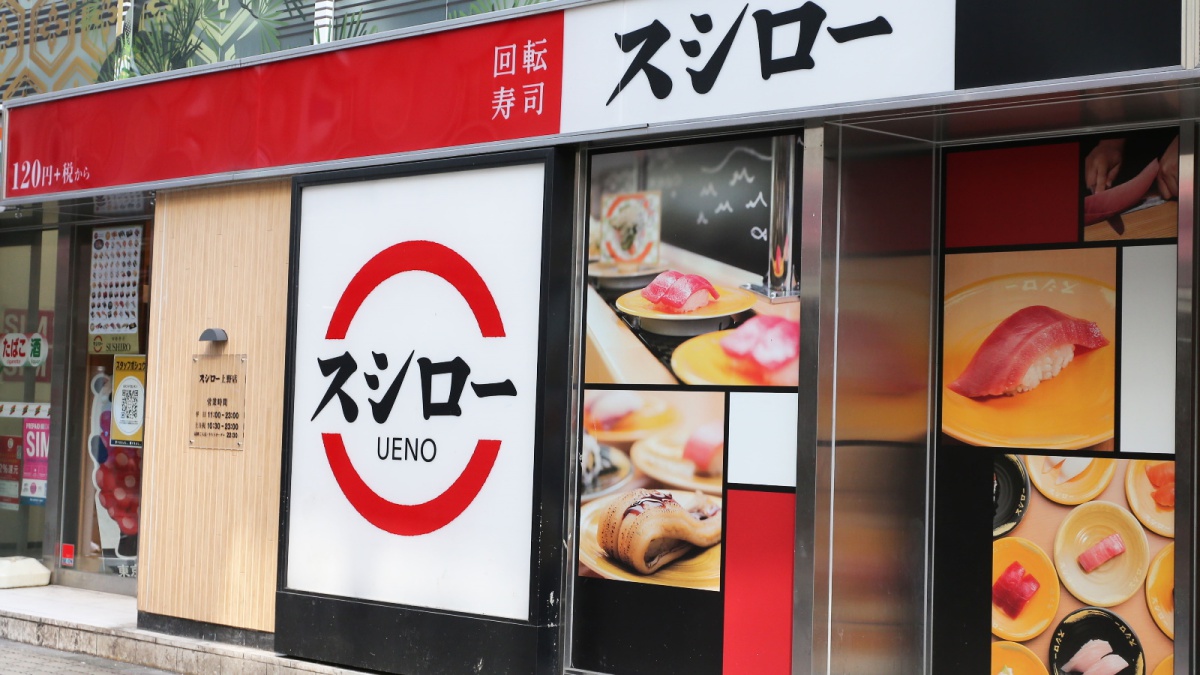
Sushiro Fuji Grand Higashi-Hiroshima
Sushi restaurant in Hiroshima [SUSHILIVE comment] -


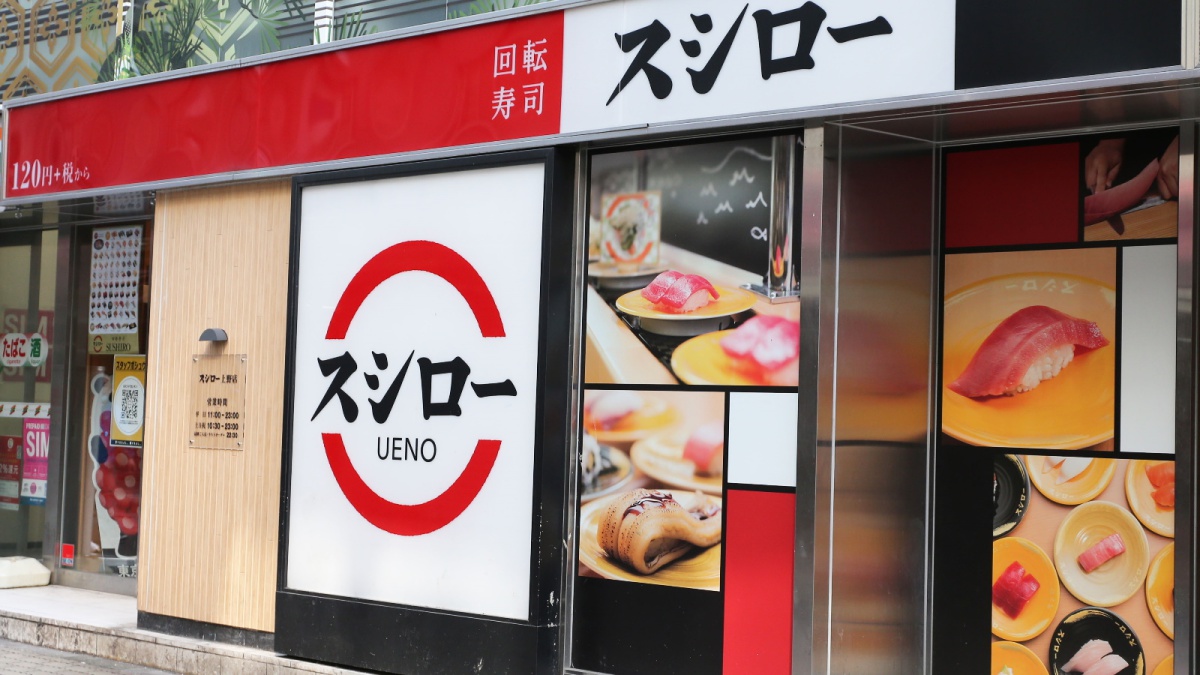
Sushiro Hiroshima Chorakuji Temple
Sushi restaurant in Hiroshima [SUSHILIVE comment] -


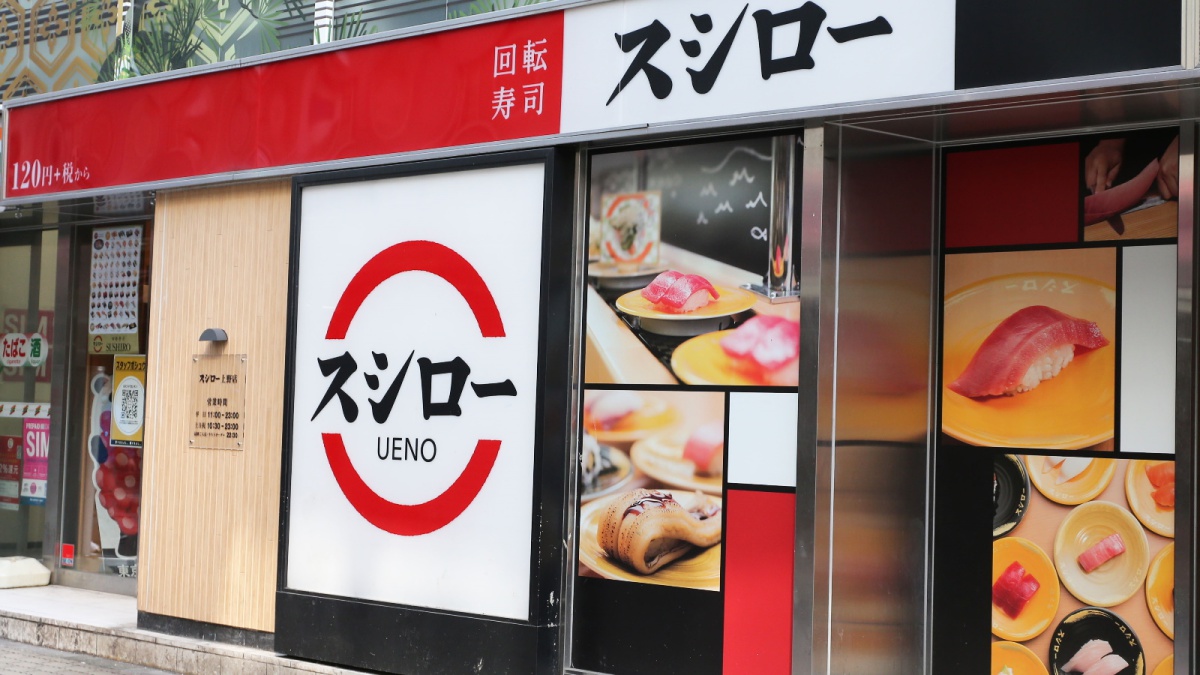
Sushiro Fukuyama and the surrounding areas
Sushi restaurant in Hiroshima [SUSHILIVE comment] -


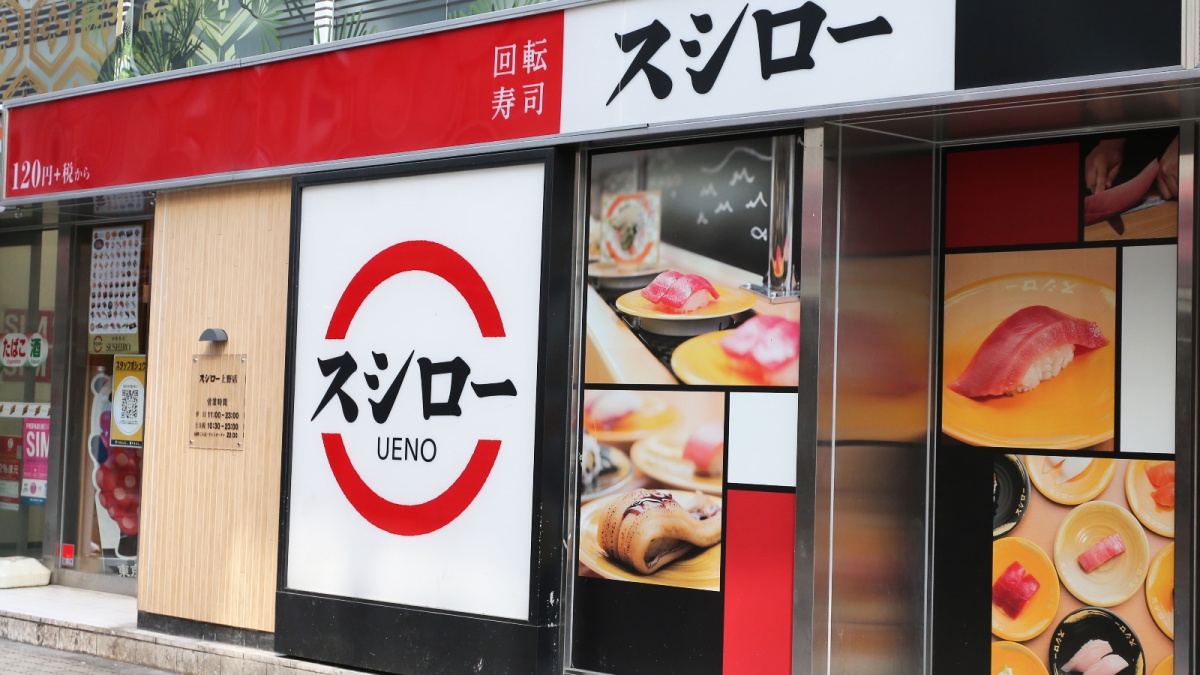
Sushiro Three 10-day markets
Sushi restaurant in Hiroshima [SUSHILIVE comment] -


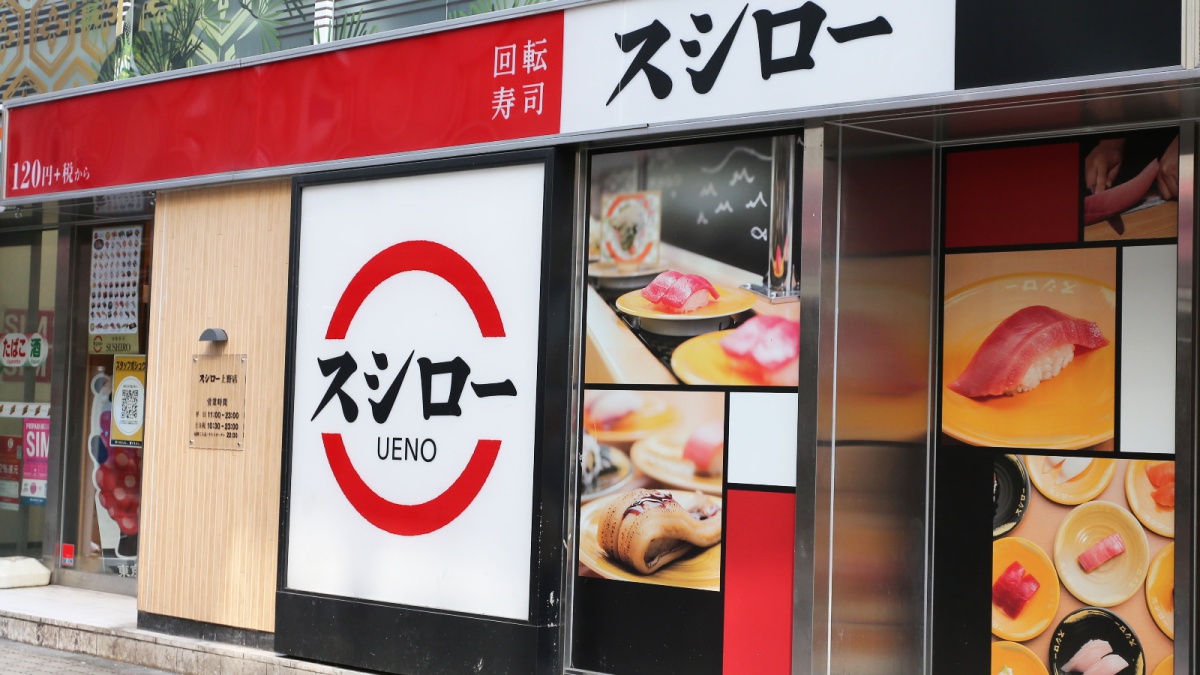
Sushiro Hiroshima Iguchi Myojin
Sushi restaurant in Hiroshima [SUSHILIVE comment] -


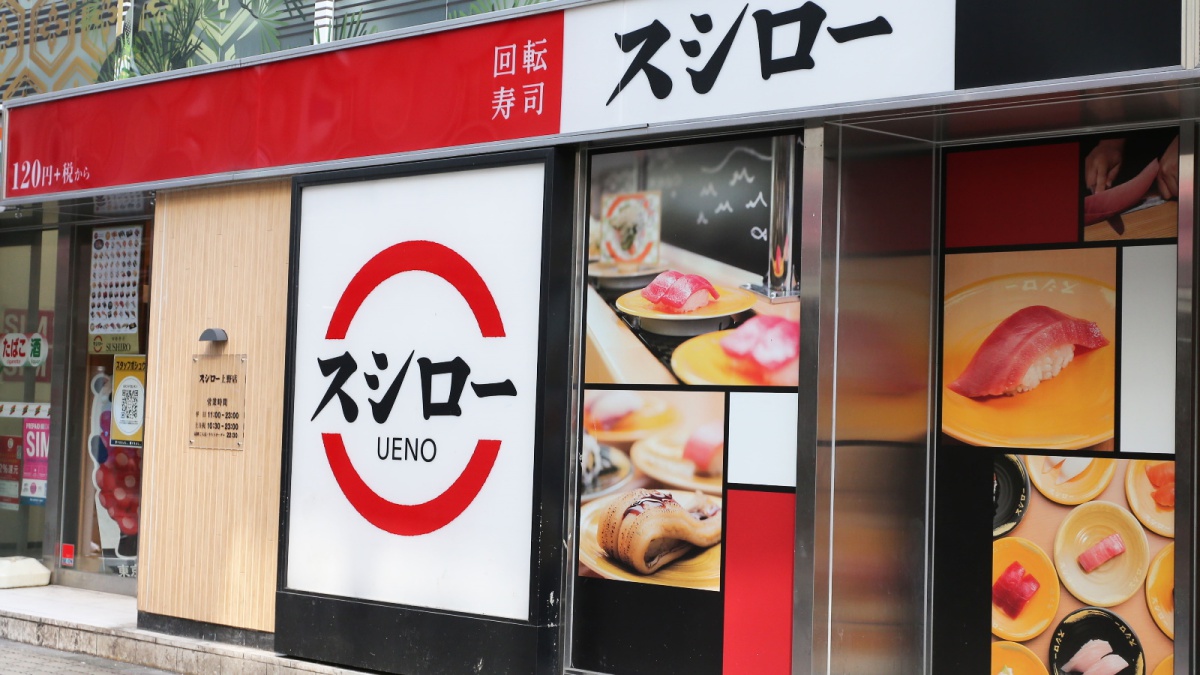
Sushiro Fukuyama Kasuga
Sushi restaurant in Hiroshima [SUSHILIVE comment] -


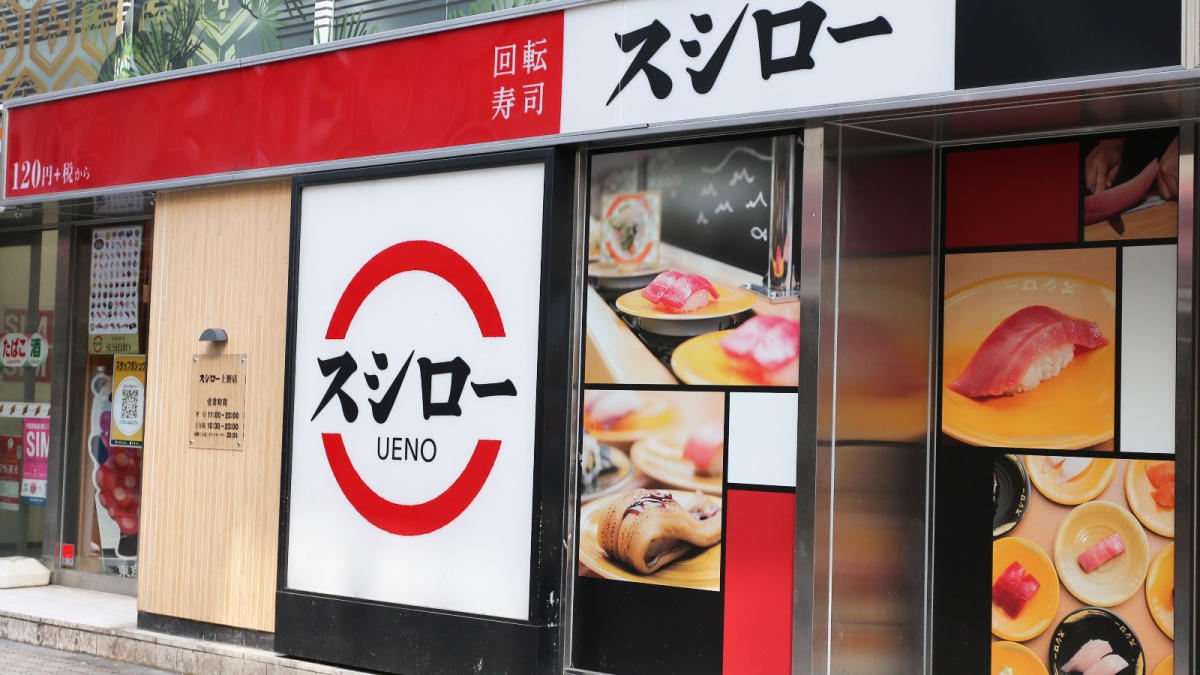
Sushiro Onomichi Takasu
Sushi restaurant in Hiroshima [SUSHILIVE comment] -



Kappa sushi Nitori Matsunaga
Sushi restaurant in Hiroshima [SUSHILIVE comment] -


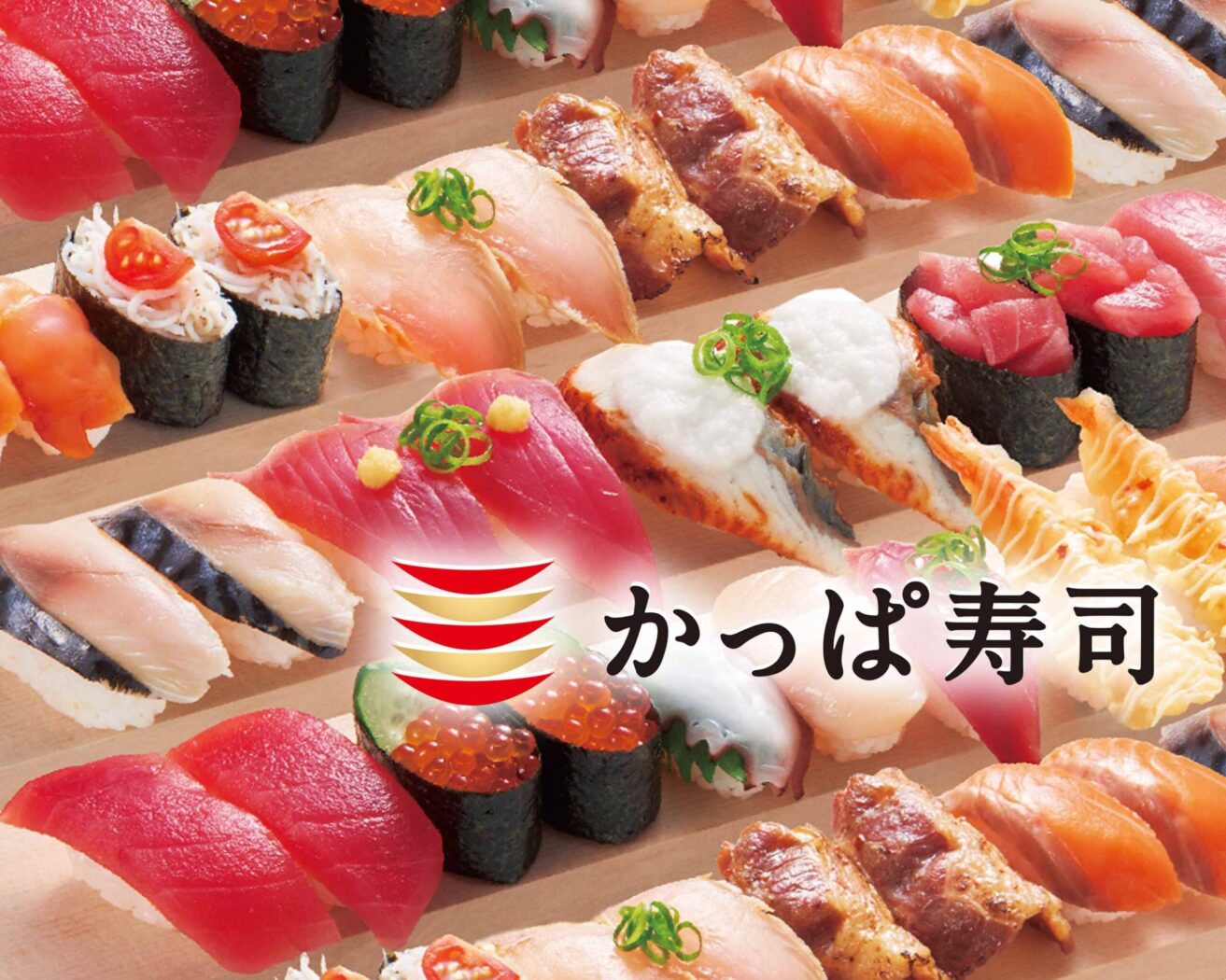
Kappa sushi Frespo Kanbe Store
Sushi restaurant in Hiroshima [SUSHILIVE comment] -


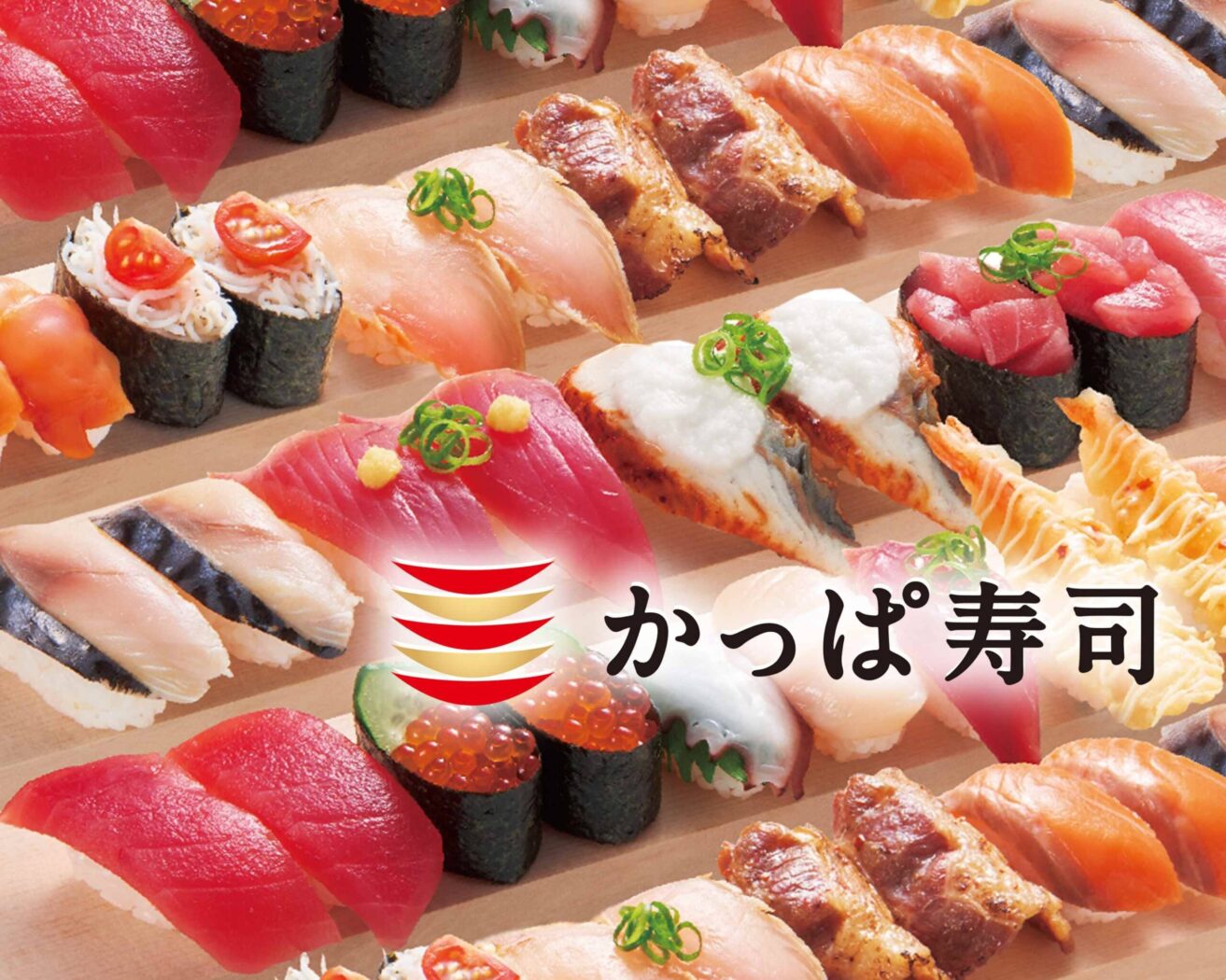
Kappa sushi Onomichi Branch
Sushi restaurant in Hiroshima [SUSHILIVE comment] -


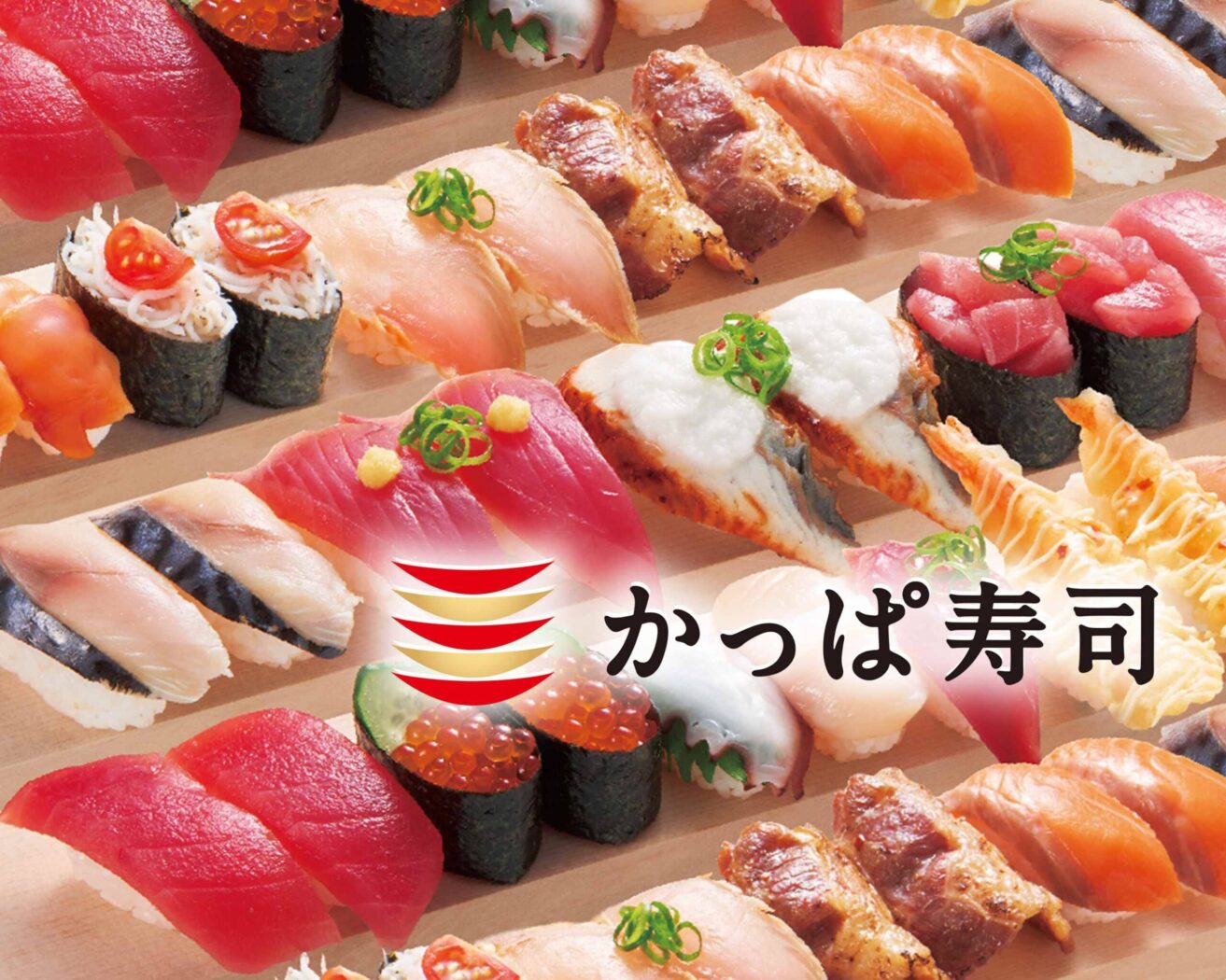
Kappa sushi Hiroshima Yaga
Sushi restaurant in Hiroshima [SUSHILIVE comment] -


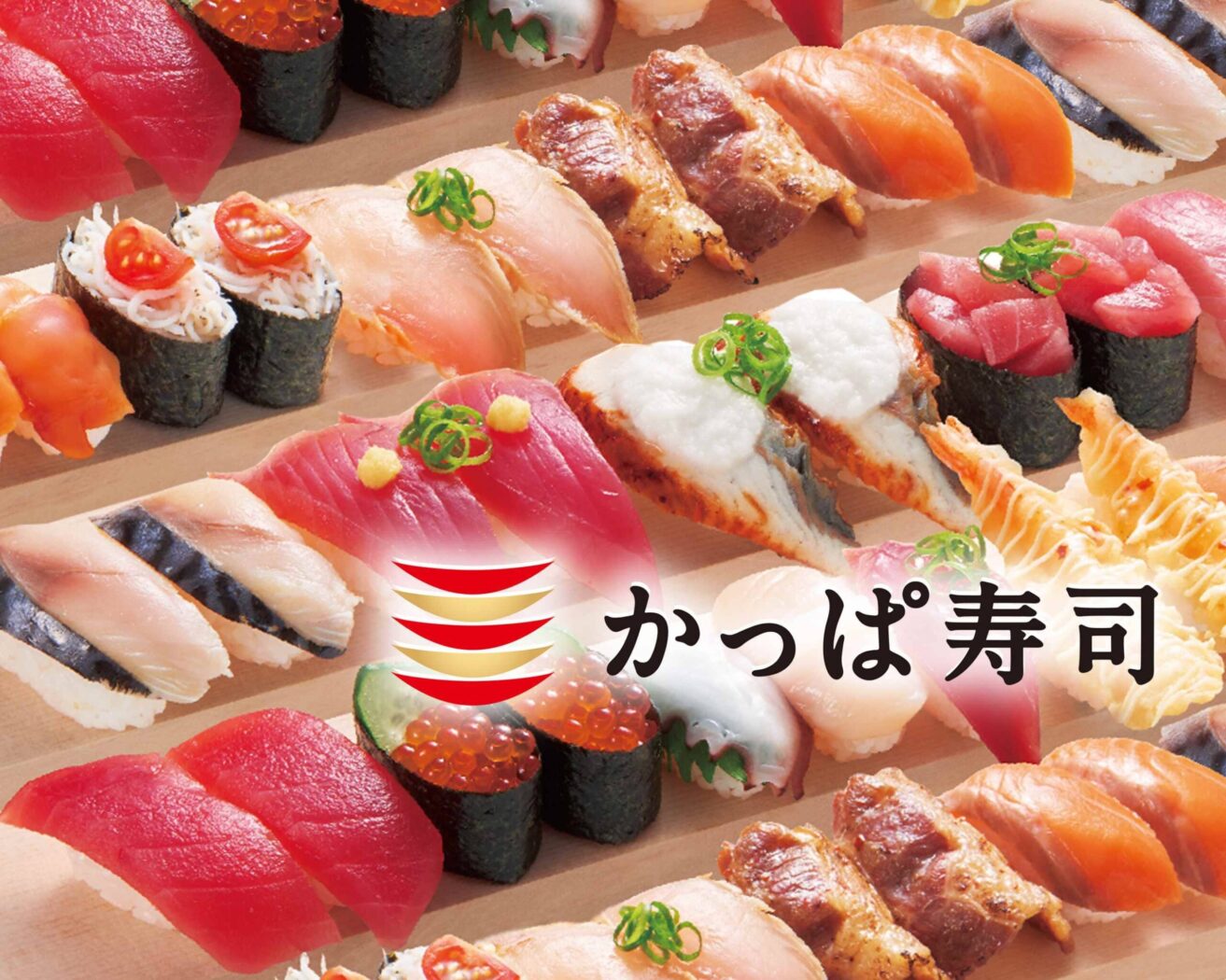
Kappa sushi Hiroshima Saeki Branch
Sushi restaurant in Hiroshima [SUSHILIVE comment] -


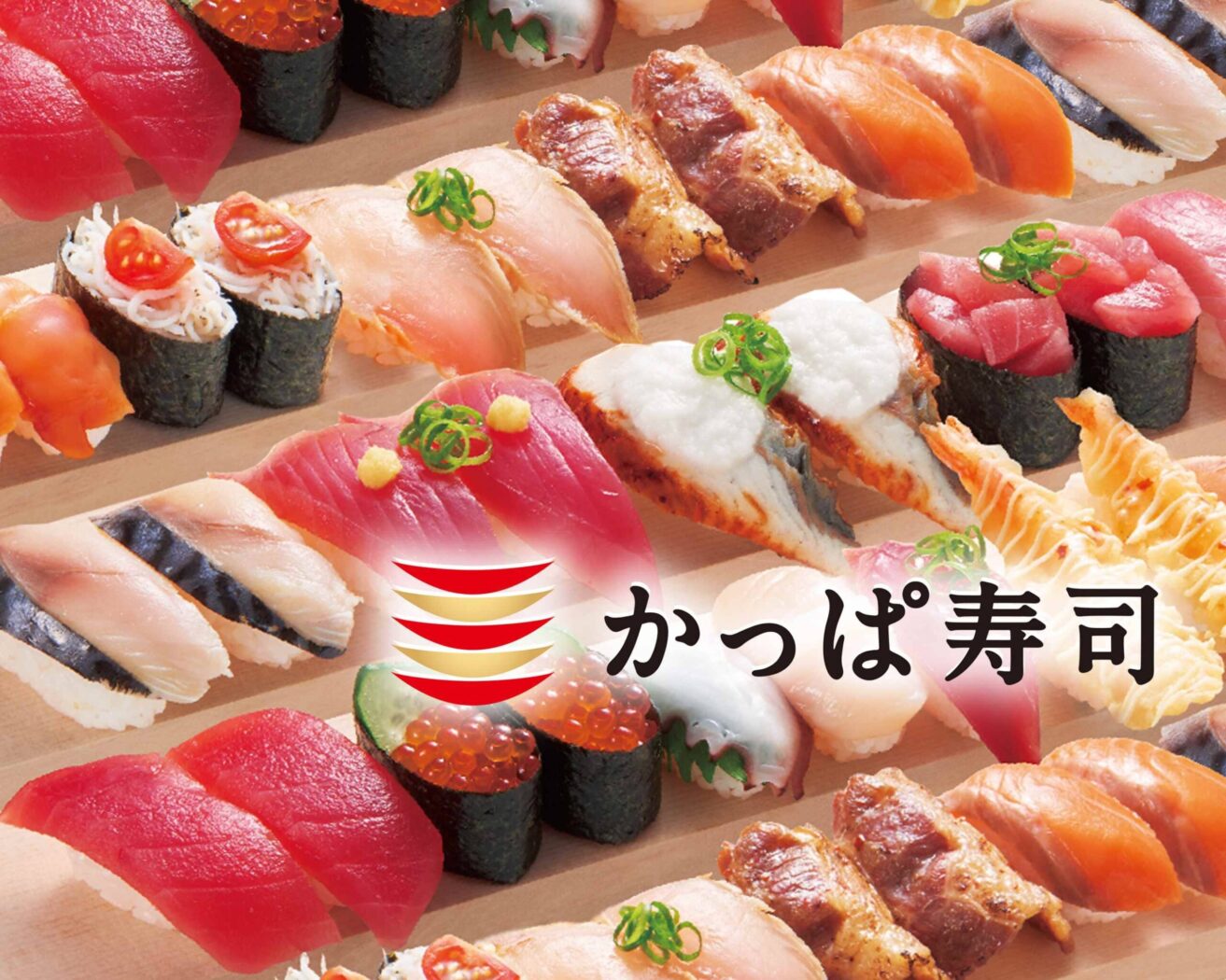
Kappa sushi Hiroshima Kure Branch
Sushi restaurant in Hiroshima [SUSHILIVE comment]
Characteristics of Hiroshima’s Cuisine
Surrounded by mountains and sea, Hiroshima is a city of peace and vitality, embracing internationality. Nestled between the Chugoku Mountains and the Seto Inland Sea, Hiroshima’s climate varies significantly, with the mountainous regions experiencing high rainfall and cold winters, and the coastal areas enjoying a warm and dry climate. With a population of about 2.85 million, it is the largest city in the Chugoku region. Its center is home to Hiroshima Peace Memorial Park and the Atomic Bomb Dome, continuing its mission as a city of international peace culture. The city thrives on the automotive industry led by Mazda, tourism, agriculture, and more recently, the growing IT and biotechnology industries, aiming for further development as an international city. Rich in nature, history, culture, and the vibrancy of its people, Hiroshima is a captivating city.
A Vibrant International City of Peace and Culture
Inhabited since ancient times, this area became part of the Kibi Kingdom in the Yayoi period and flourished as a crucial point along the Sanyo and Sanin routes in ancient times. In the medieval era, the Mori clan built Hiroshima Castle, around which the city developed. It transformed into a modern city in the Meiji era, increasing its significance as a military hub through victories in the Sino-Japanese and Russo-Japanese Wars. However, it suffered a tragic fate towards the end of World War II with the dropping of the atomic bomb. Post-war, Hiroshima rebuilt itself as a city of peace, continuously promoting peace as an international city of peace and culture. The growth in industries such as IT and biotechnology in recent years aims to further its development as an international city. Hiroshima’s history and landscape, shaped by its natural surroundings, a strong desire for peace, and its vibrant people, make it an attractive destination.
A Culinary Culture Woven from Sea, Mountains, and History
Hiroshima, blessed with the bounties of the Seto Inland Sea and the Chugoku Mountains, boasts a diverse culinary culture. Its seafood, including oysters, conger eels, hamo (pike conger), and sea bream from the Seto Inland Sea, is particularly famous. Oysters, a Hiroshima specialty, can be enjoyed in various dishes. The mountains offer delicacies like boar, deer, mushrooms, and wild plants. Hiroshima is also renowned for its rice and sake production, with Hiroshima sake known for its dry and crisp taste, complementing local cuisine excellently. Historically, Hiroshima’s food culture includes unique local dishes like Hiroshima-style okonomiyaki and Carp chicken. Hiroshima-style okonomiyaki, different from its Osaka counterpart, offers a unique taste, and Carp chicken, named after the Hiroshima Toyo Carp baseball team, is a popular skewered chicken dish. Hiroshima’s food culture adds to the city’s charm, offering visitors a taste of its unique culinary delights.
The Sushi Culture of Hiroshima, Blessed by the Seto Inland Sea
Hiroshima’s sushi culture, enriched by the abundant marine life of the Seto Inland Sea, ranges from traditional sushi restaurants established in the Edo period to modern establishments incorporating contemporary styles. Hiroshima sushi is characterized by its exquisite balance of fresh seafood toppings and vinegared rice. Highlights include anago (conger eel), hamo, and oysters. Anago meshi, or pressed sushi with conger eel, is also a local favorite. Recently, oyster sushi using Hiroshima-grown oysters and seafood bowls featuring Seto Inland Sea catch have become popular. Visitors are encouraged to savor the unique sushi culture of Hiroshima.
Diverse Local Specialties Born from Sea and Mountains
Hiroshima’s rich natural environment, surrounded by mountains and sea, has given rise to various local specialties. Famous marine products include oysters, conger eels, hamo, and sea bream. Hiroshima oysters, enjoyed in various dishes, are especially renowned. The region is also the top producer of lemons in Japan, with lemon-based sweets and beverages gaining popularity. Mountain delicacies feature boar, deer, mushrooms, and wild vegetables. As a prominent rice-growing area, Hiroshima’s sake production is thriving, known for its dry and sharp flavor. Traditional specialties include momiji manju (maple leaf-shaped cakes) and shamoji (rice paddles), with momiji manju being a popular souvenir available in various flavors like red bean, matcha, and custard. Shamoji, durable and beautifully crafted in Hiroshima’s northern region, are also favored as souvenirs. Visitors are encouraged to explore Hiroshima’s diverse local products.
Peace, Vitality, and a Vision for the Future
Rebuilt as a city of peace after the war, Hiroshima continues to promote peace as an international city of peace and culture. With the growth of new industries like IT and biotechnology, it aims for further development as an international city. Hiroshima’s future, driven by a commitment to peace and vitality, strives for continued progress. Enriched by its natural beauty, history, culture, and the dynamism of its people, Hiroshima confidently marches towards the future.

